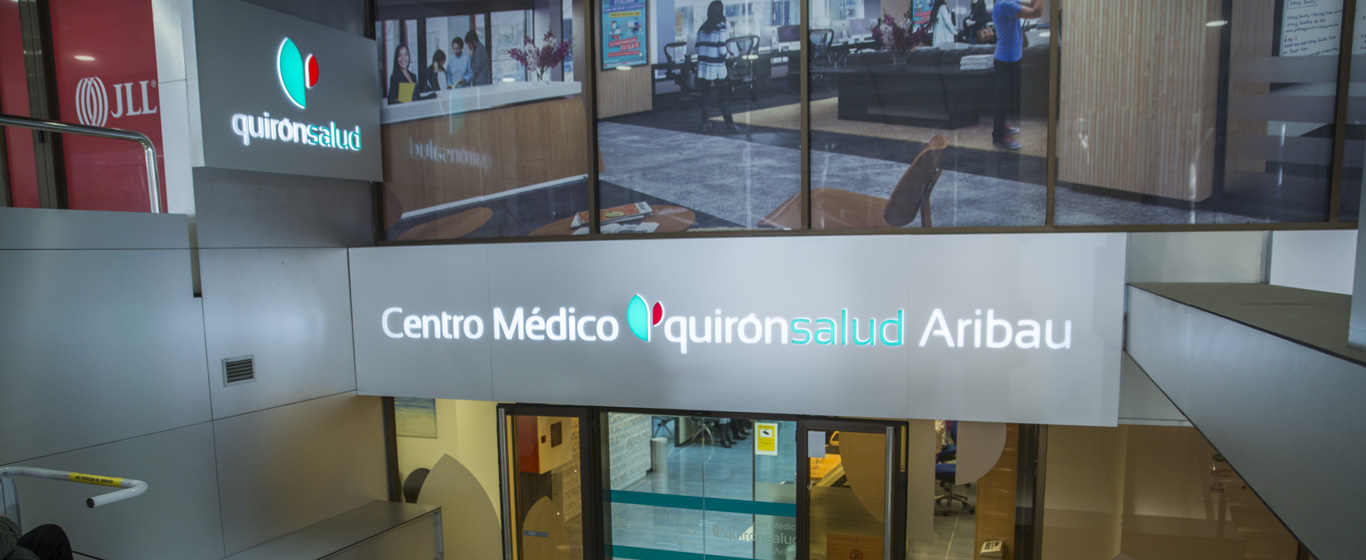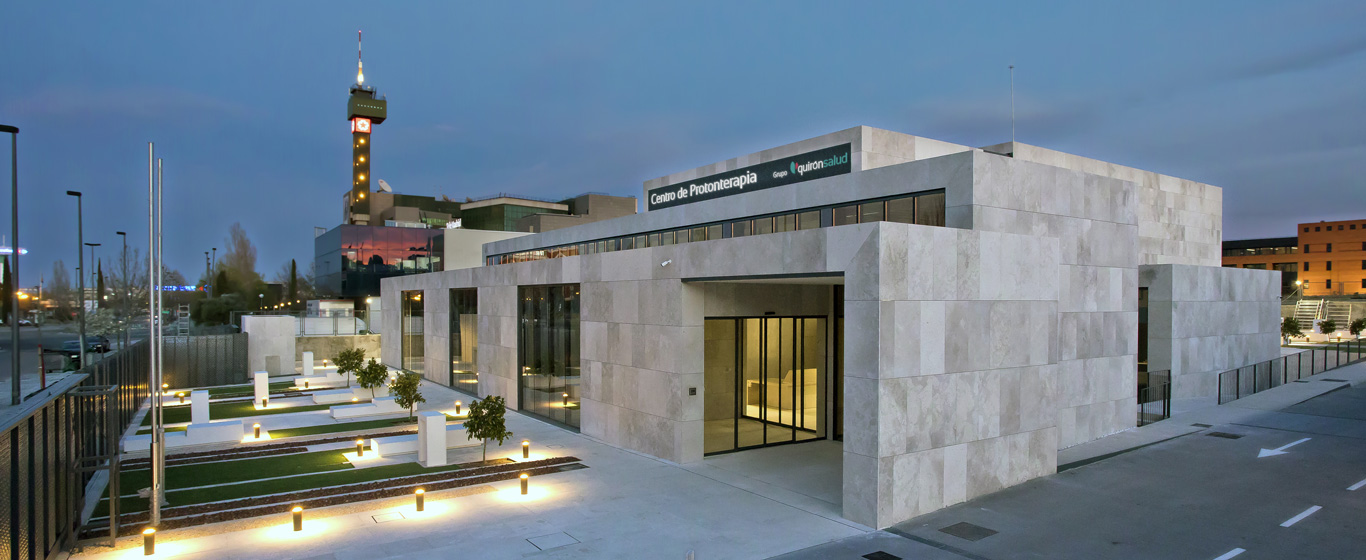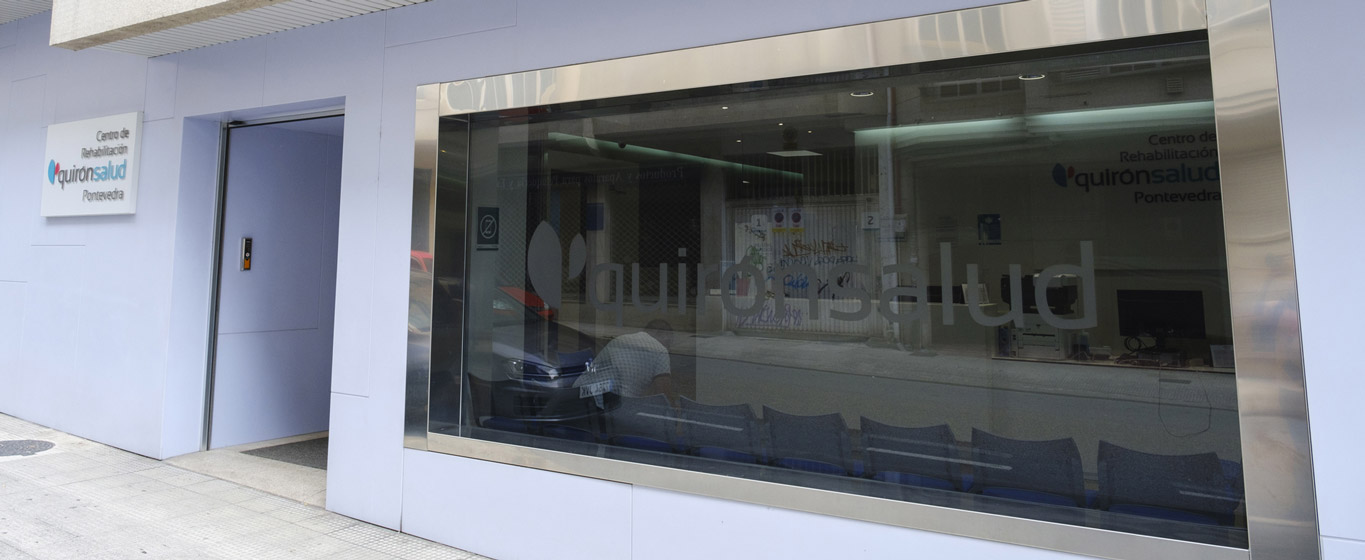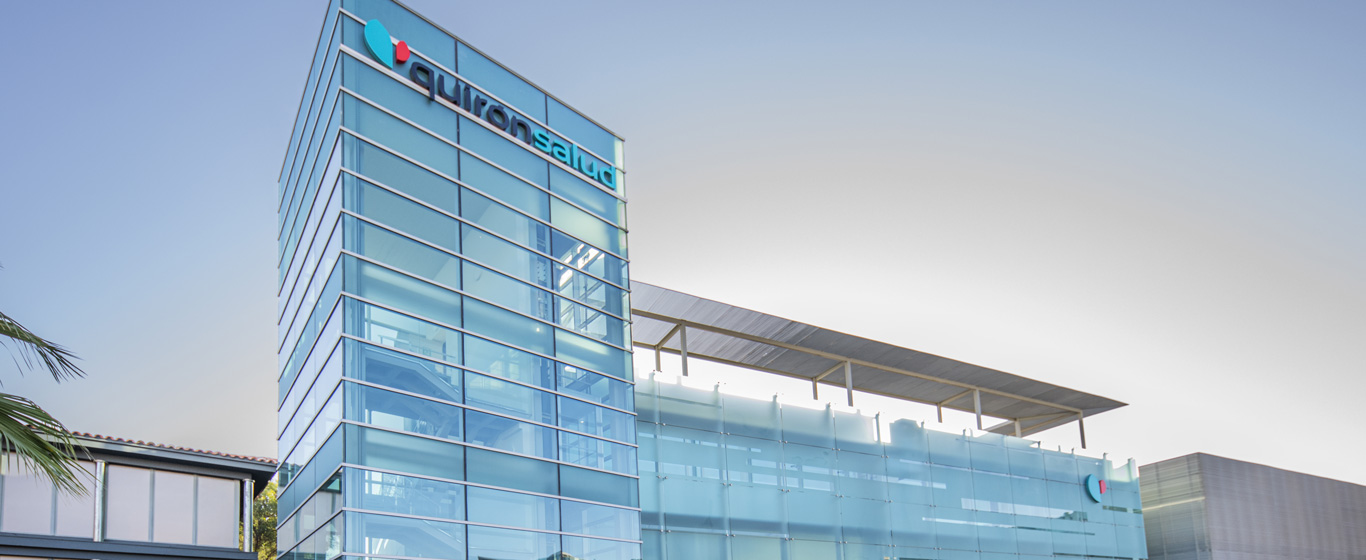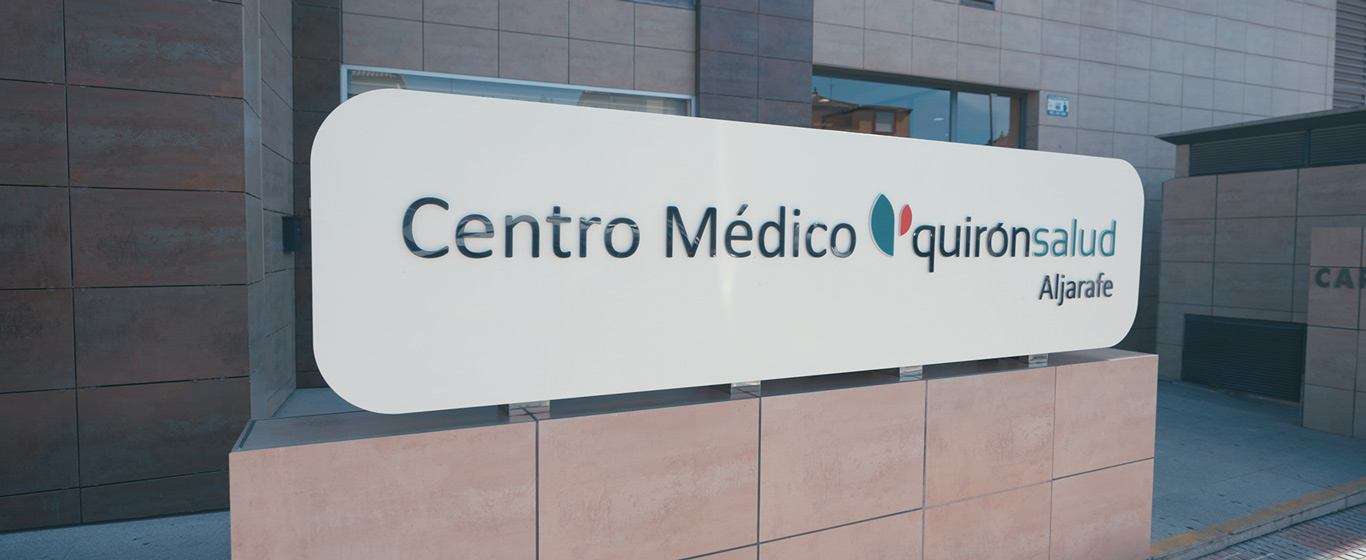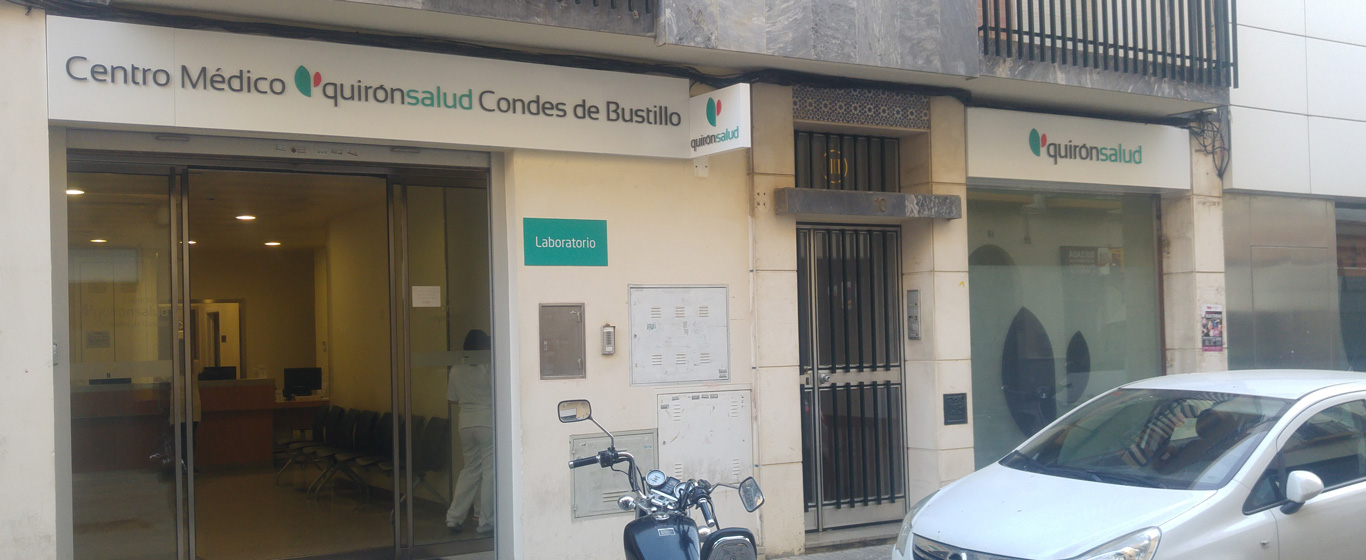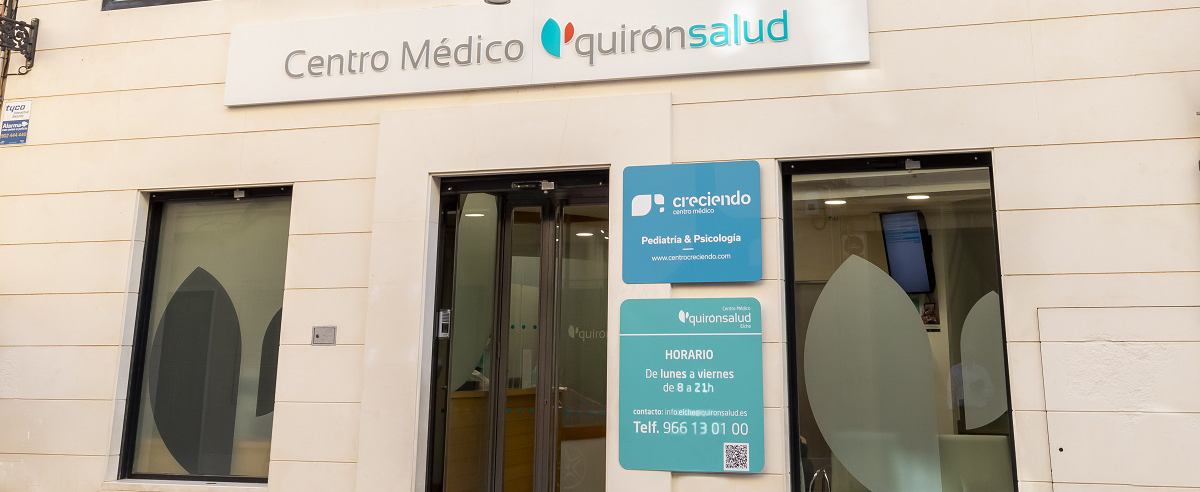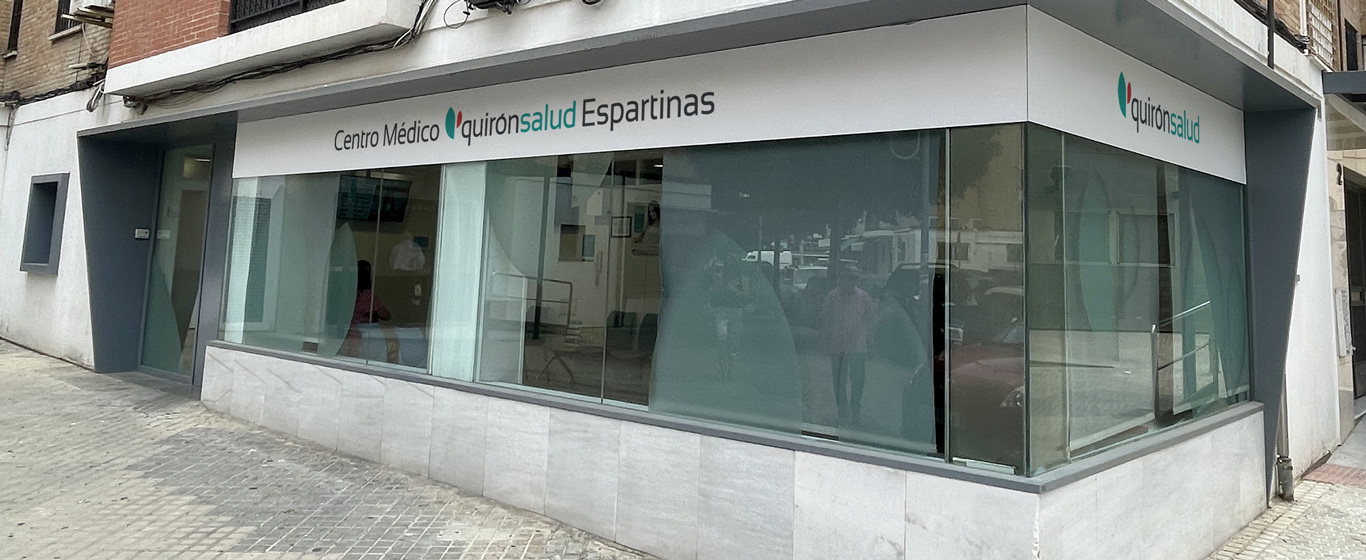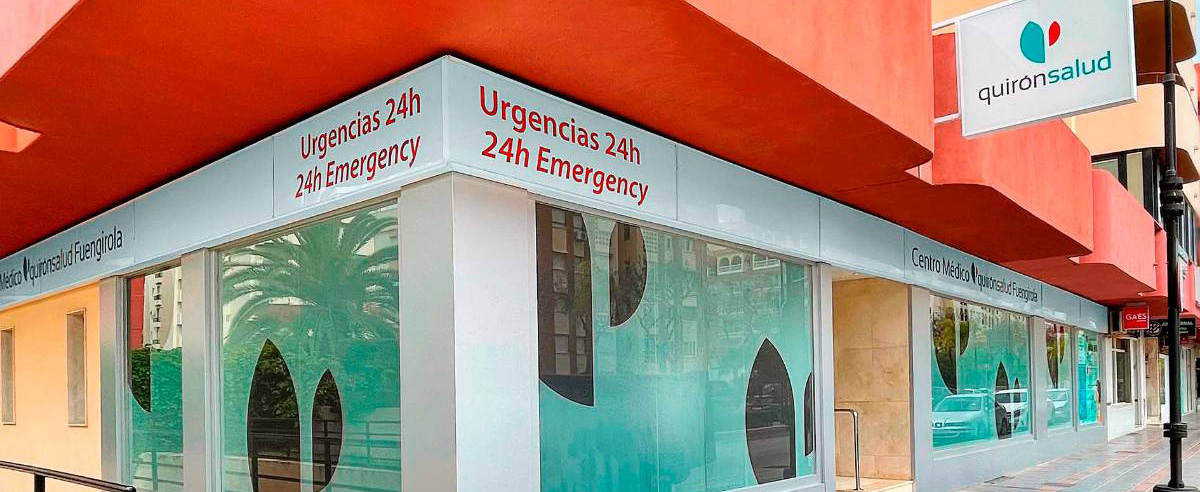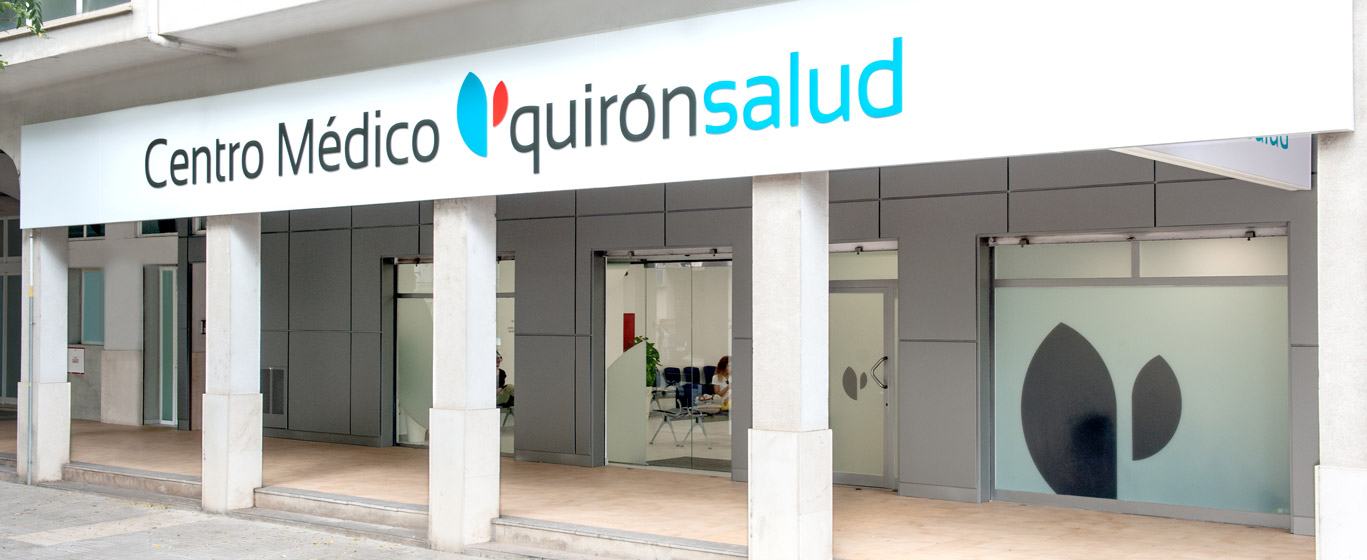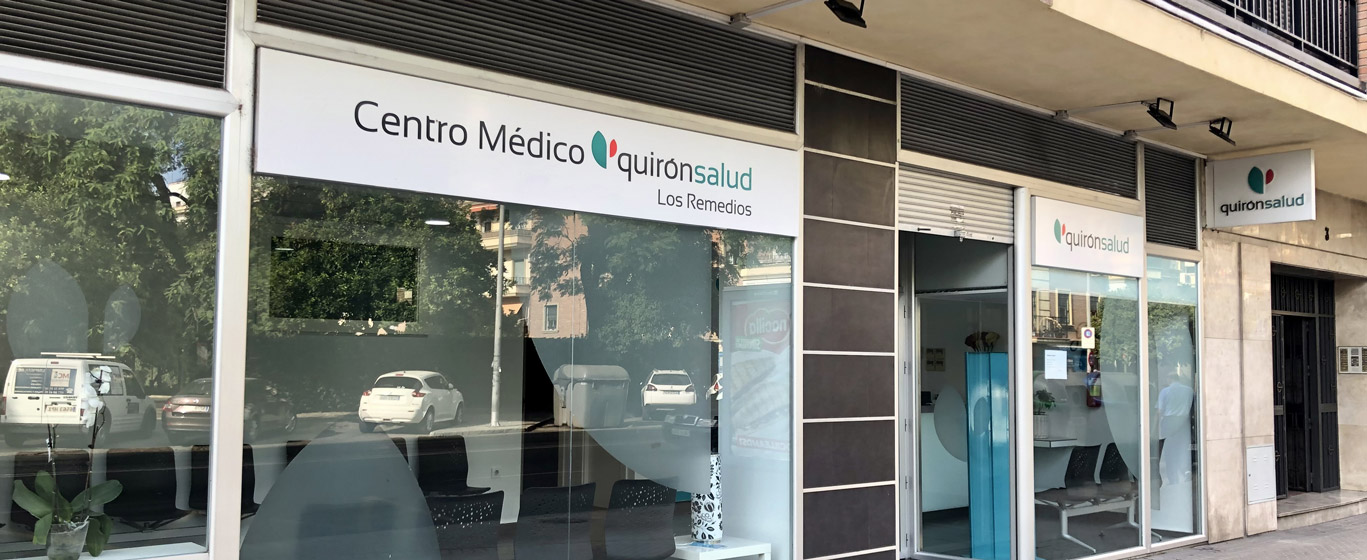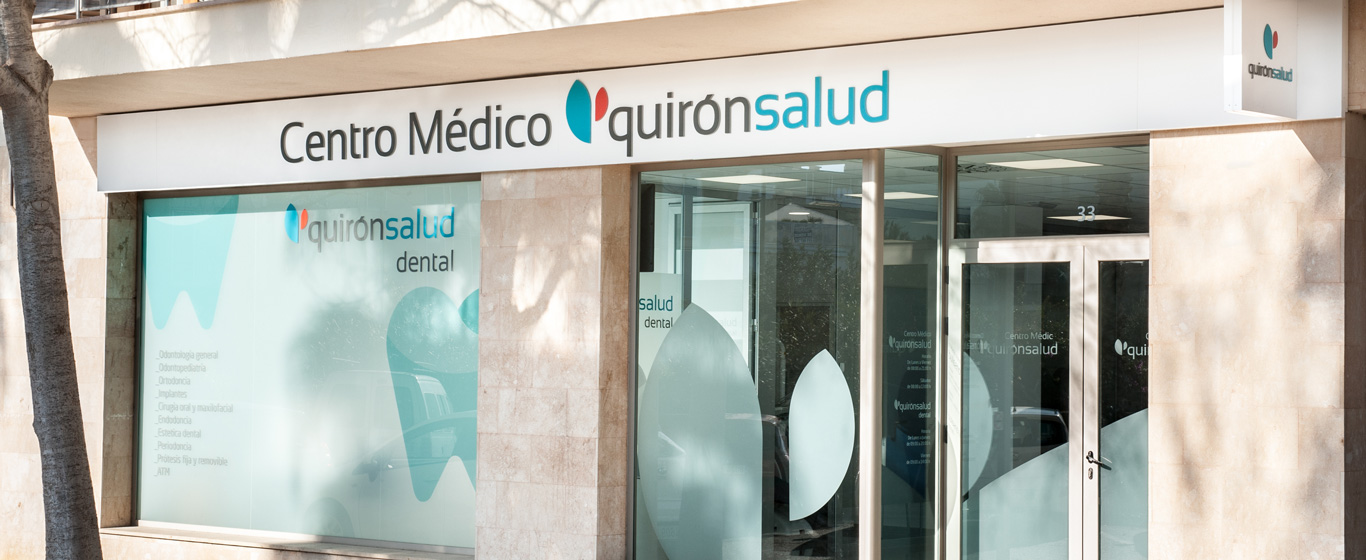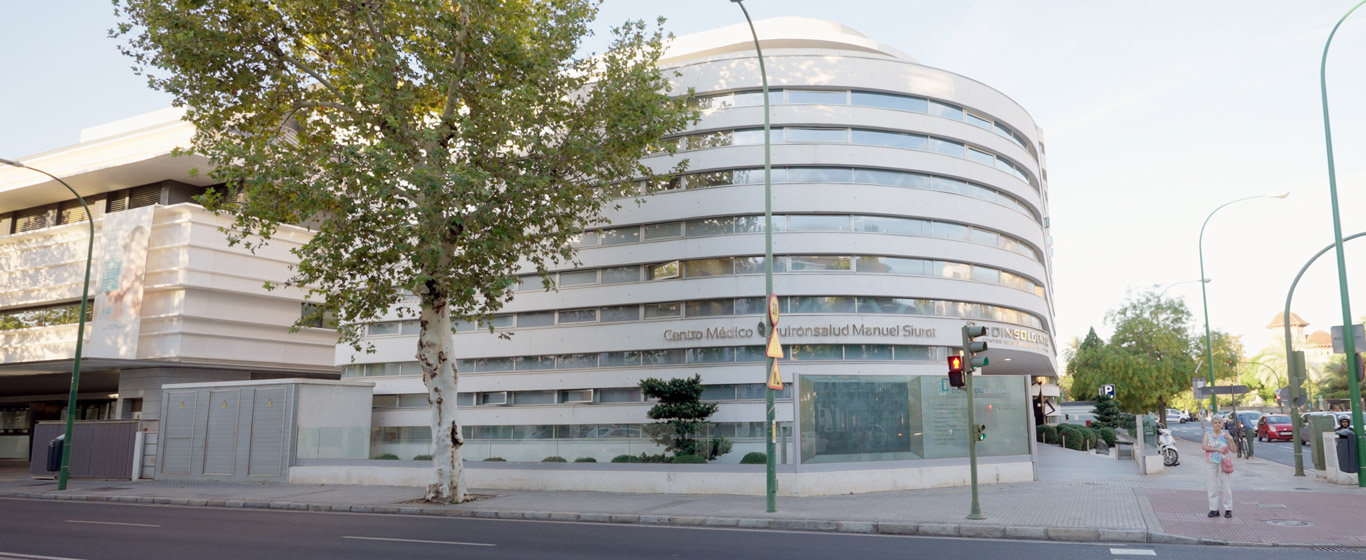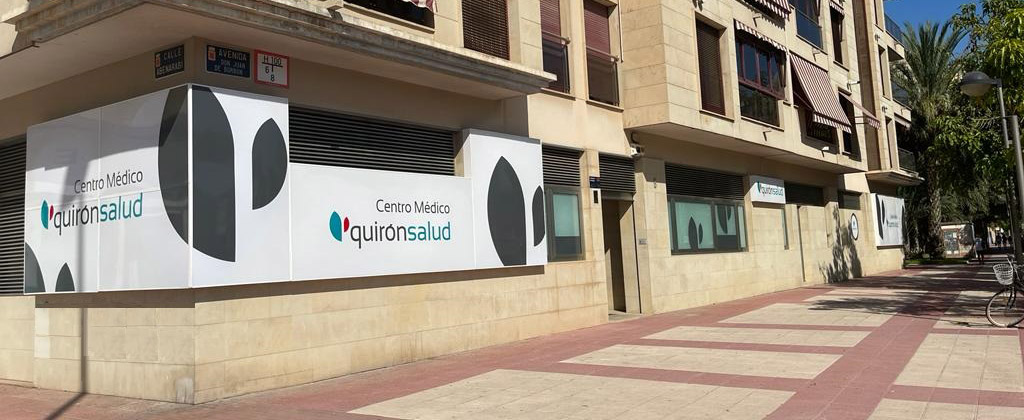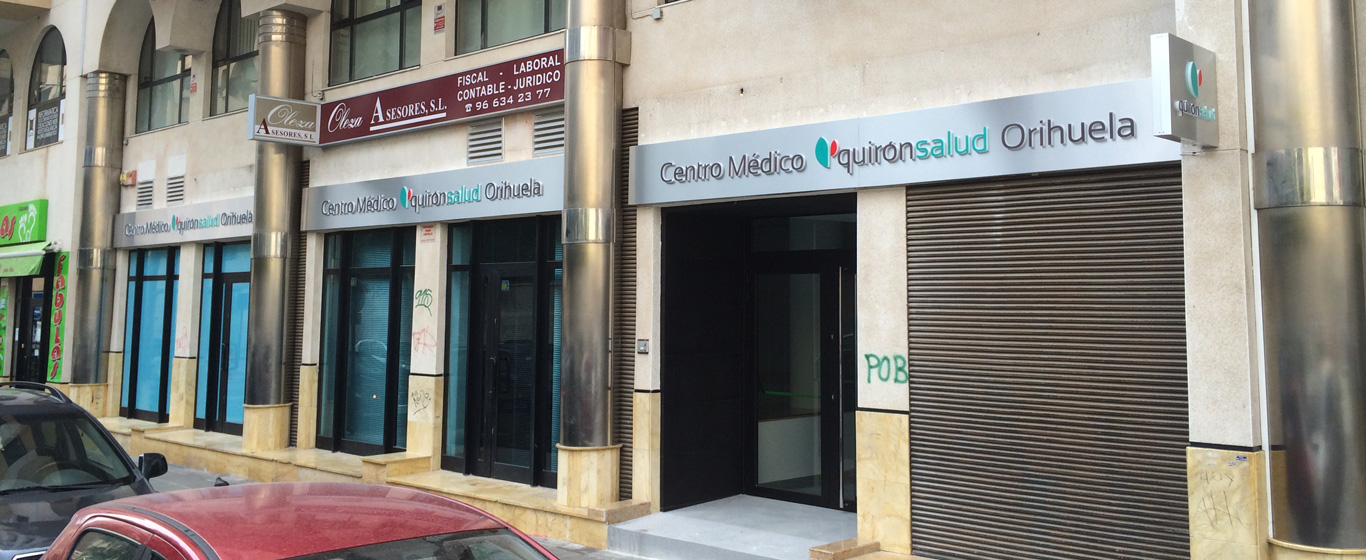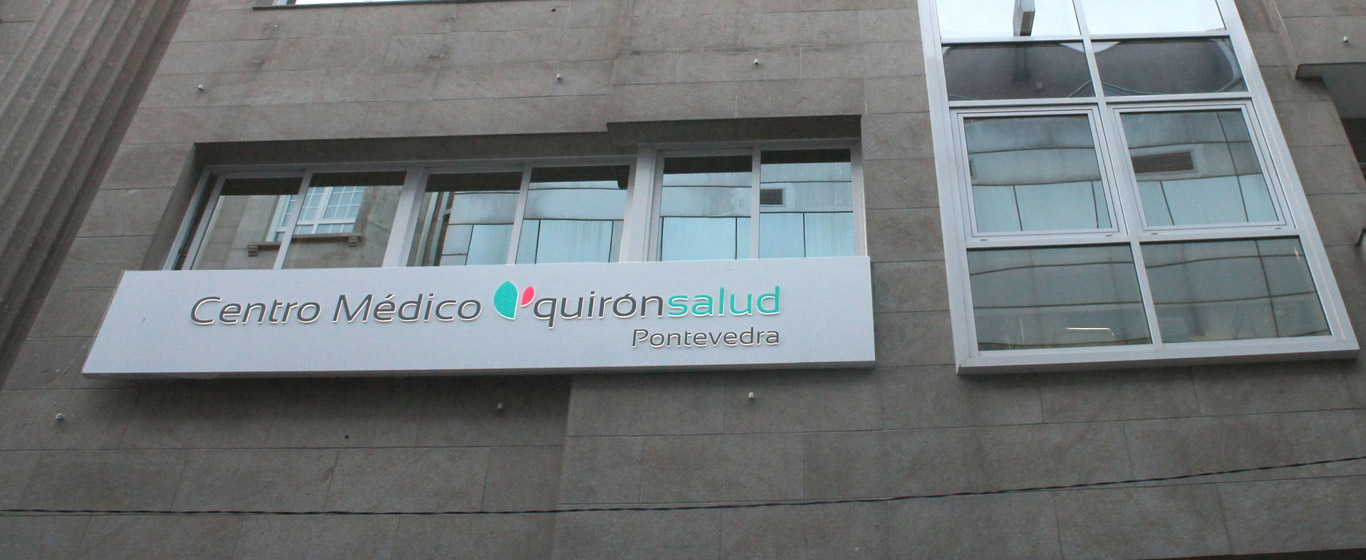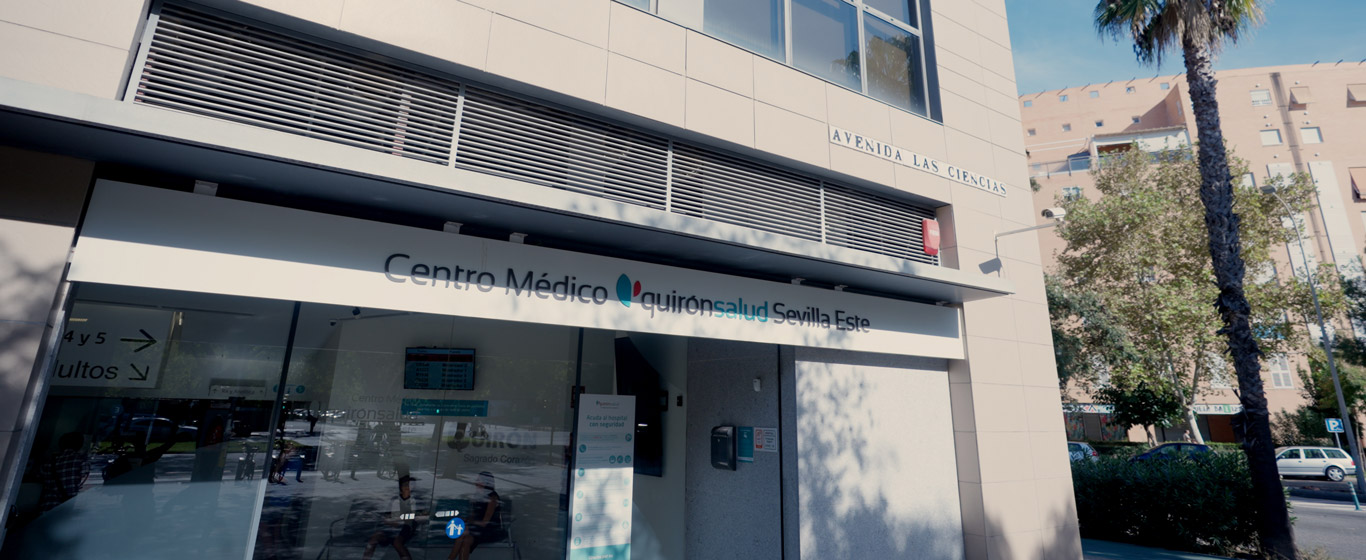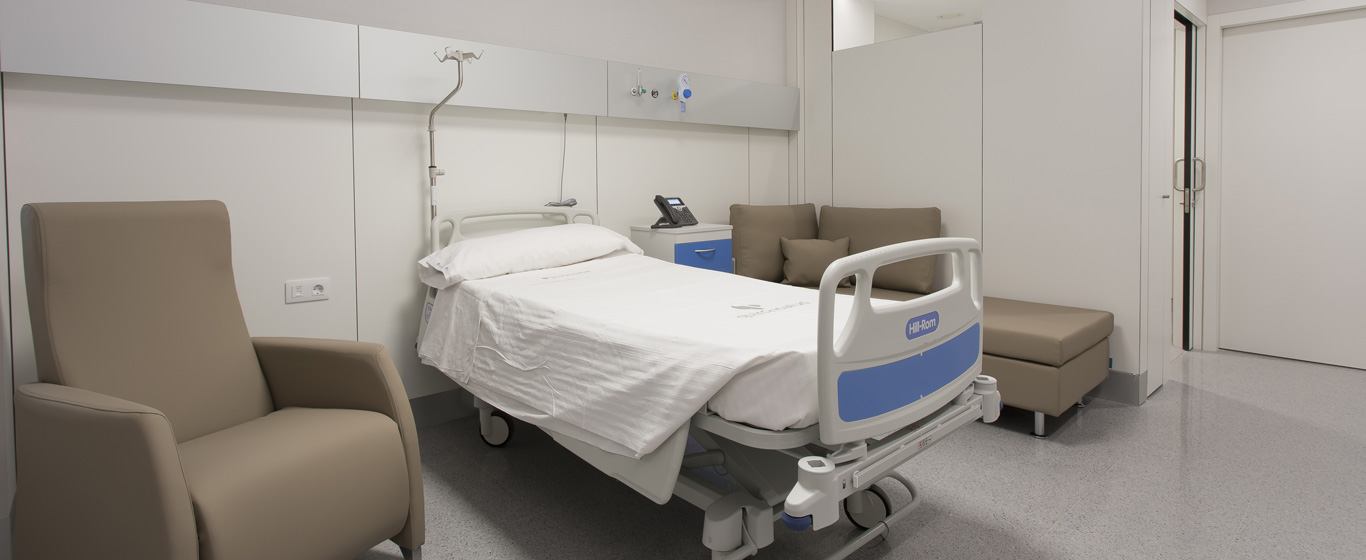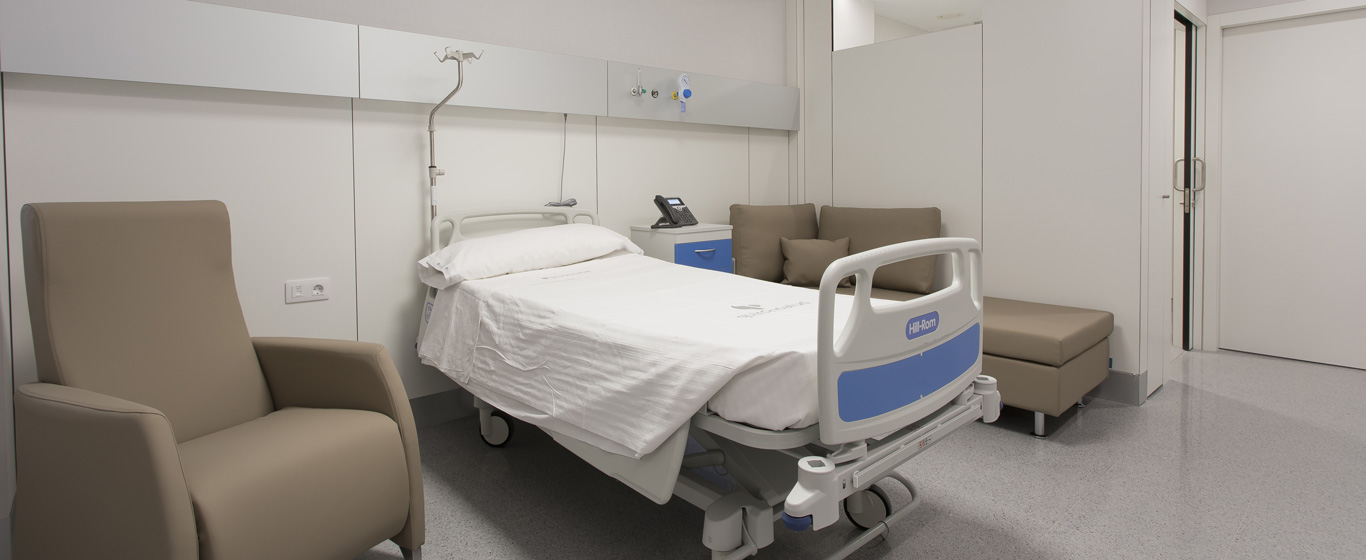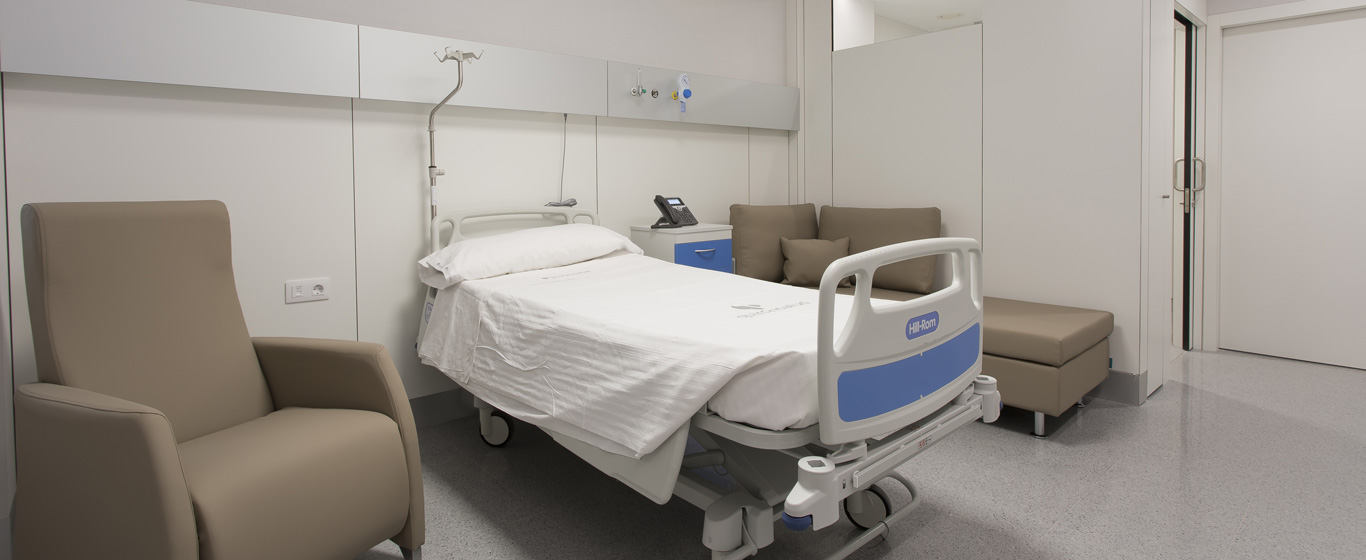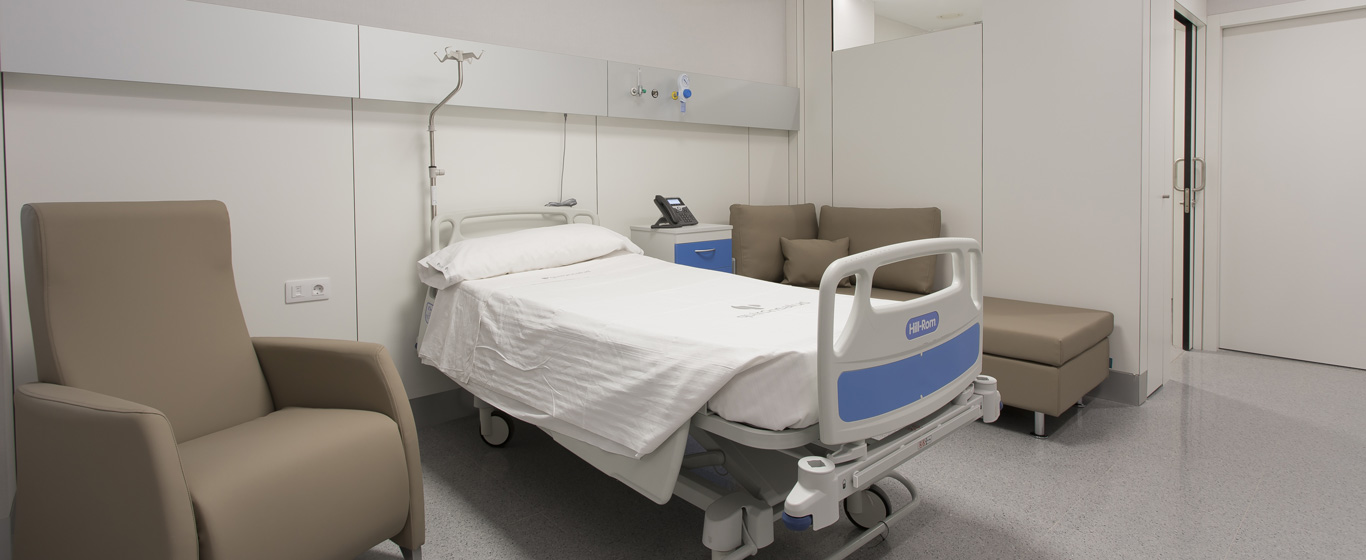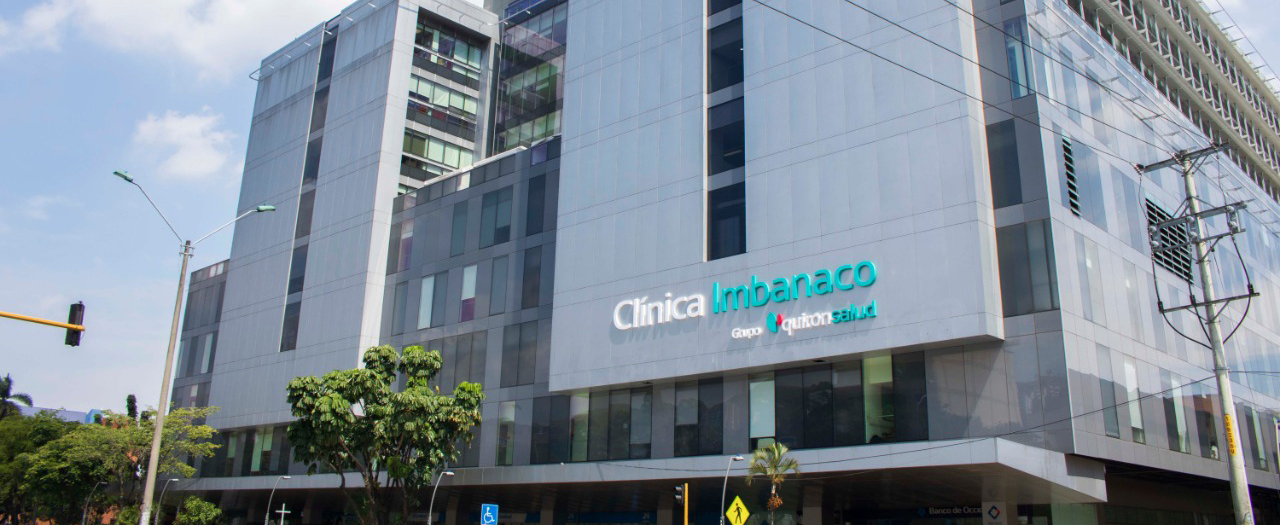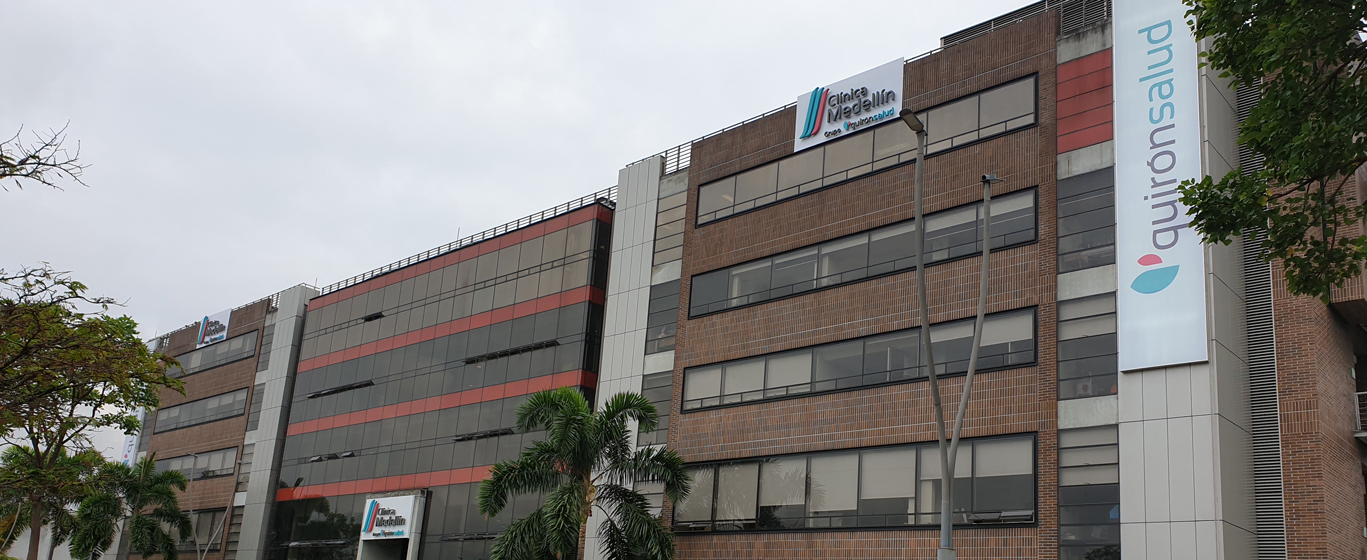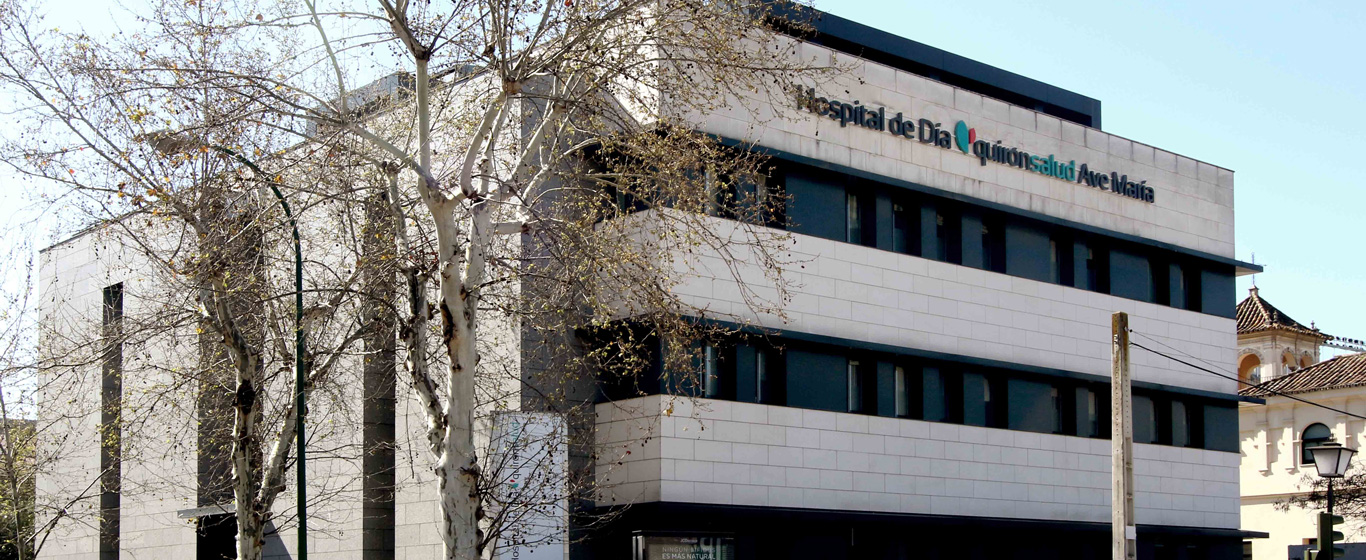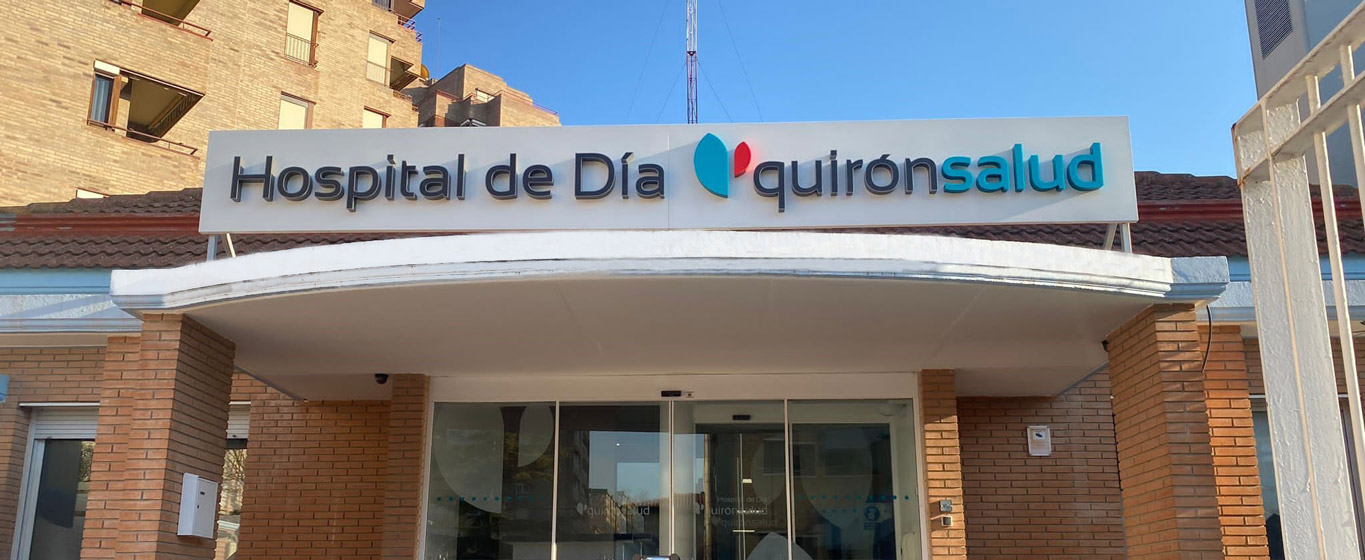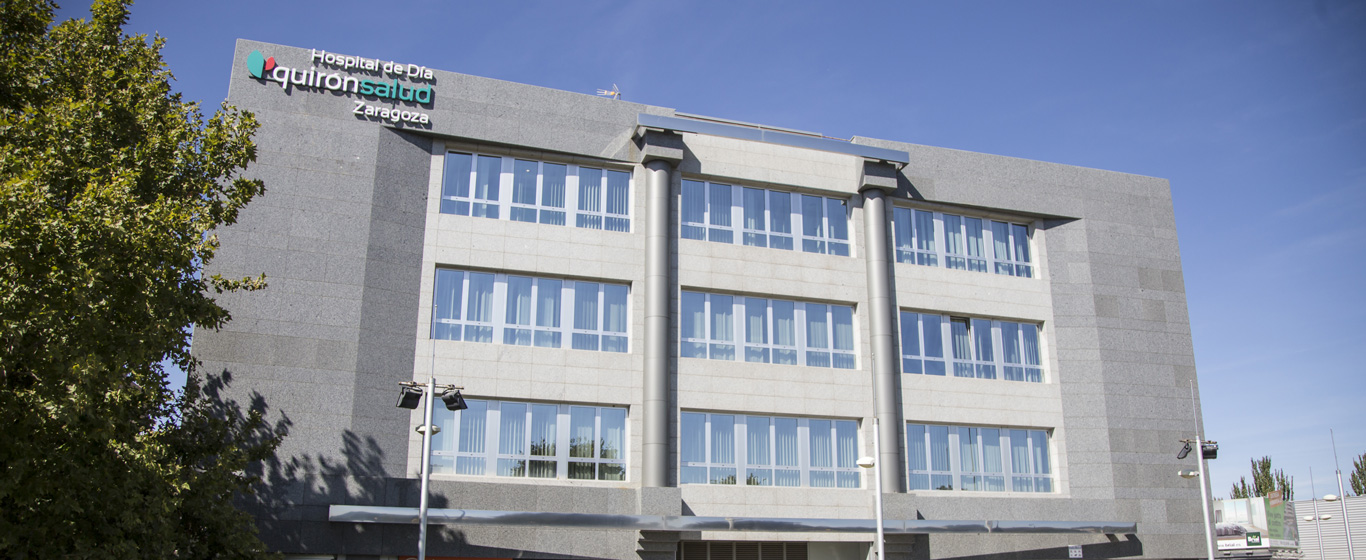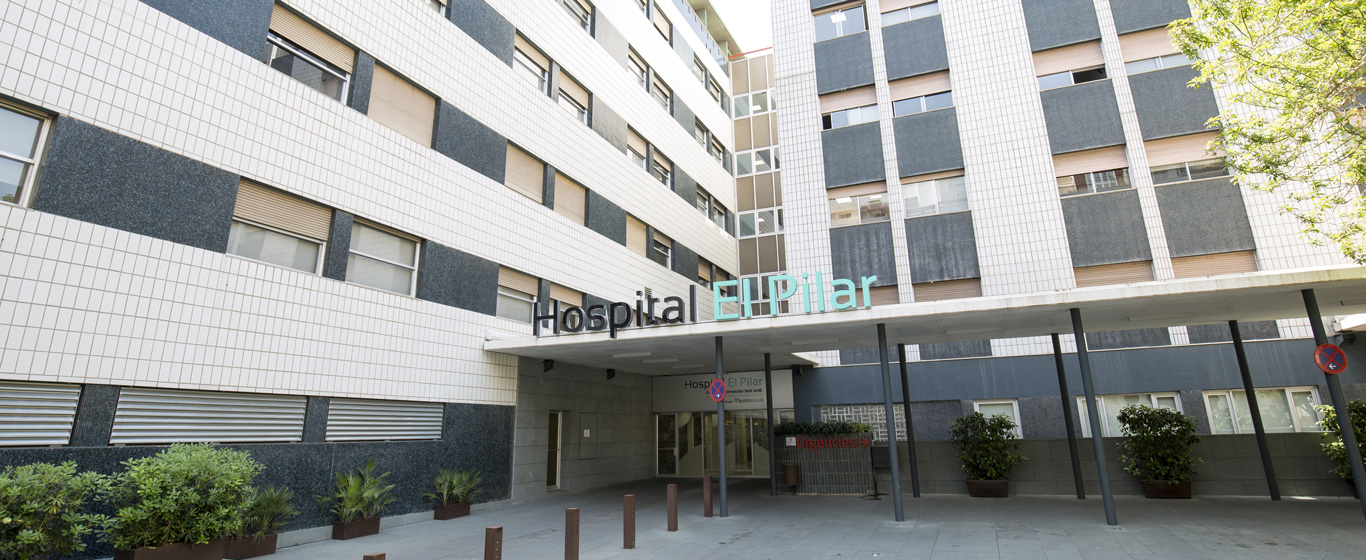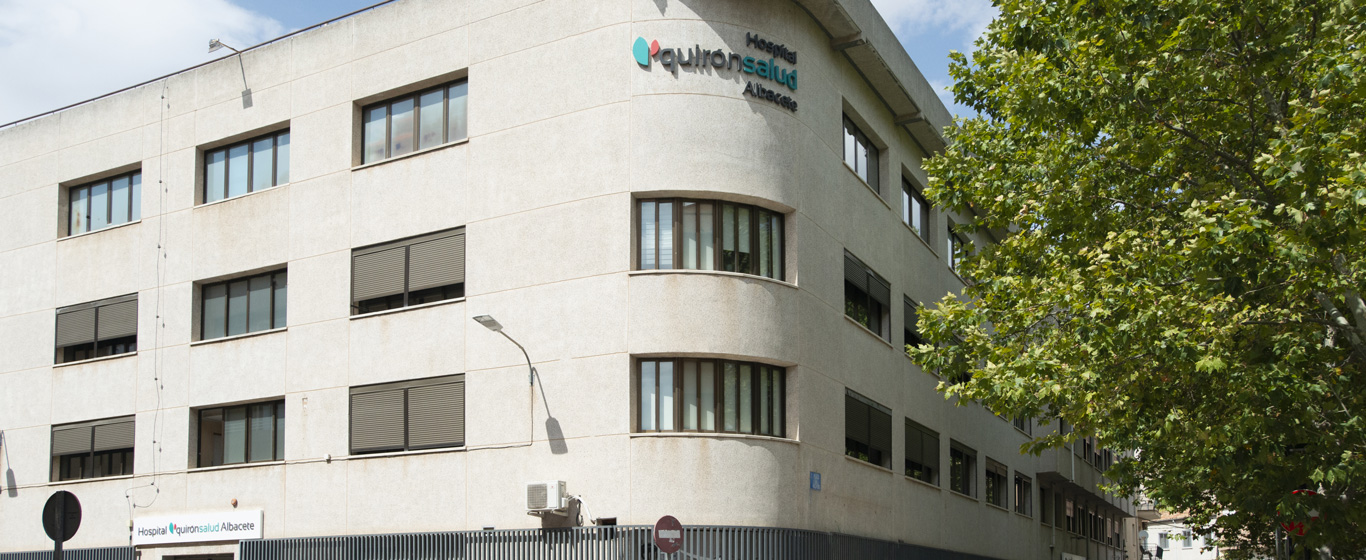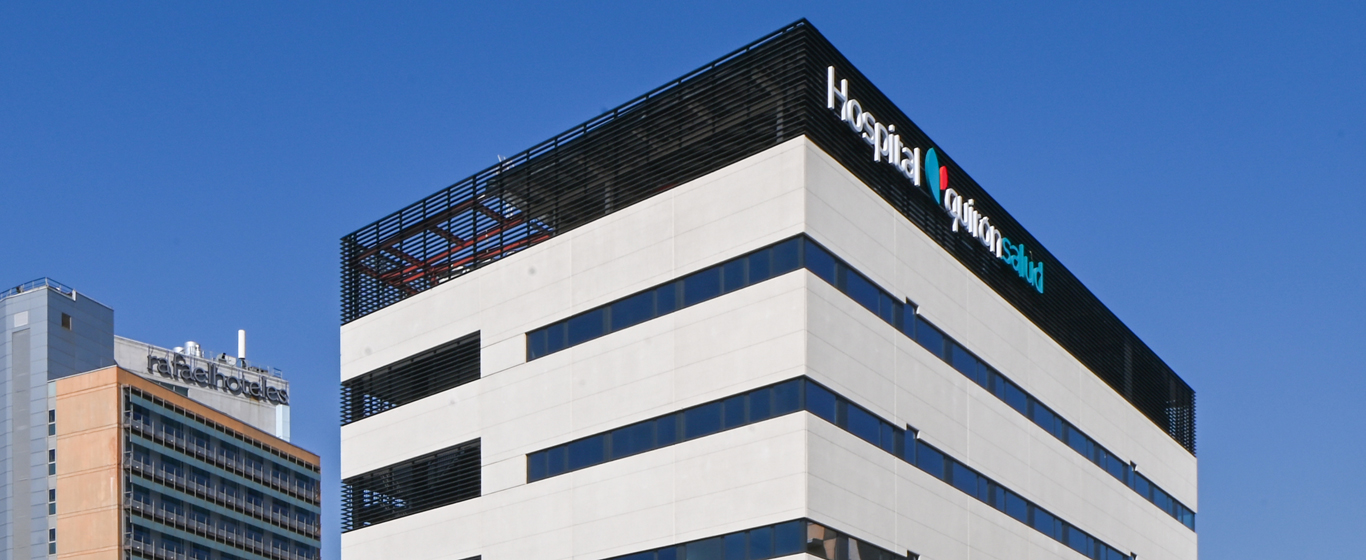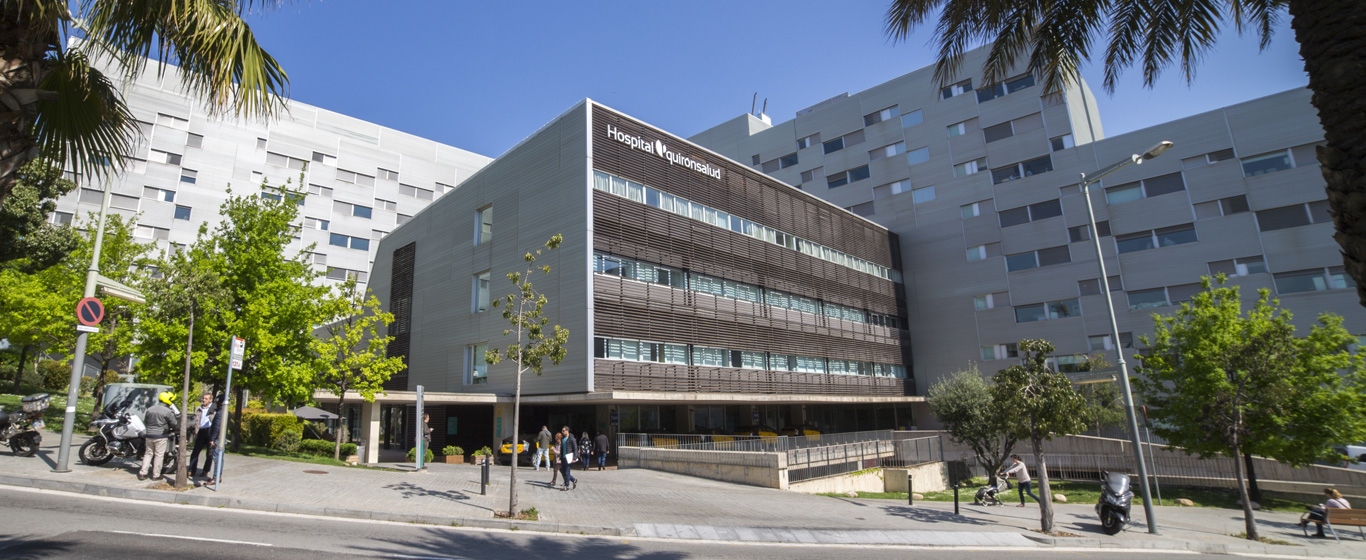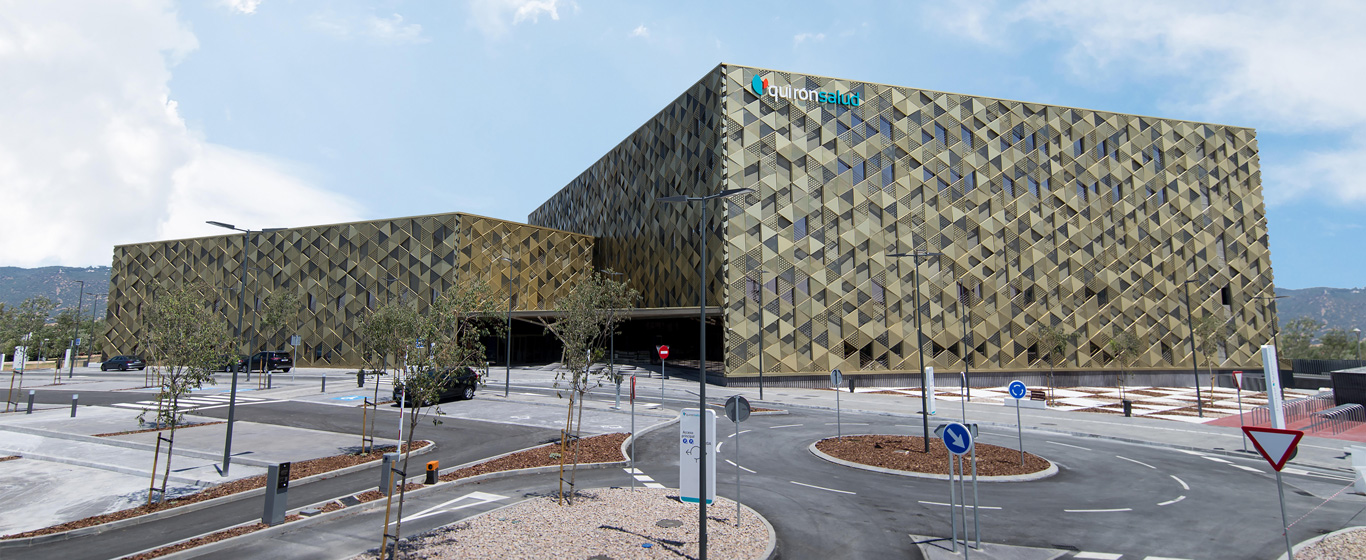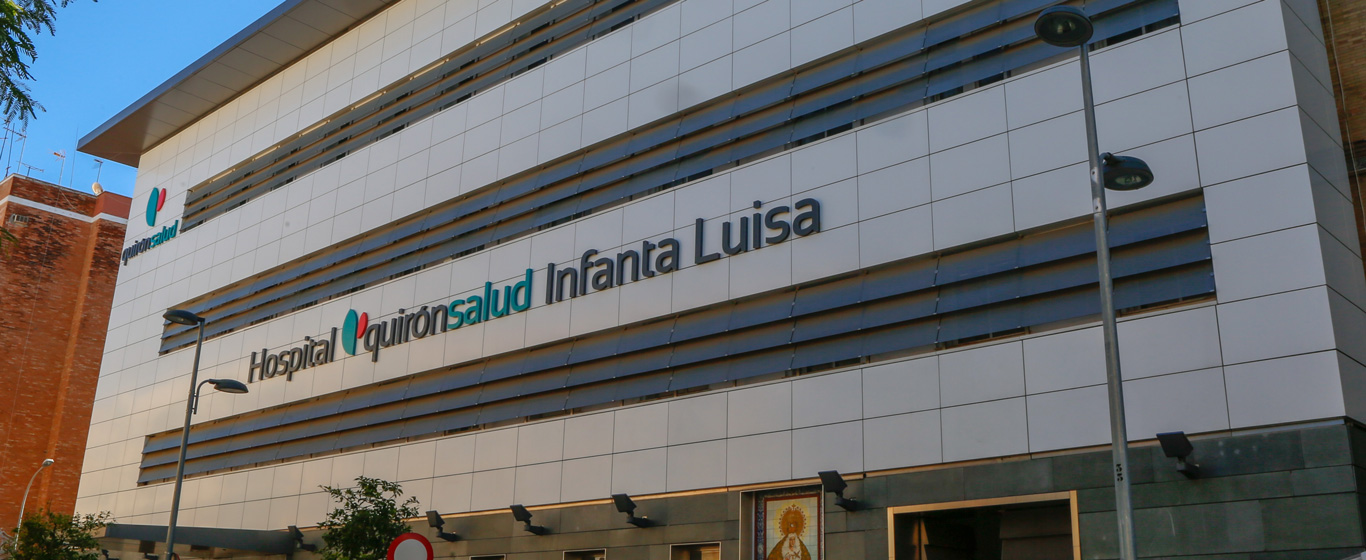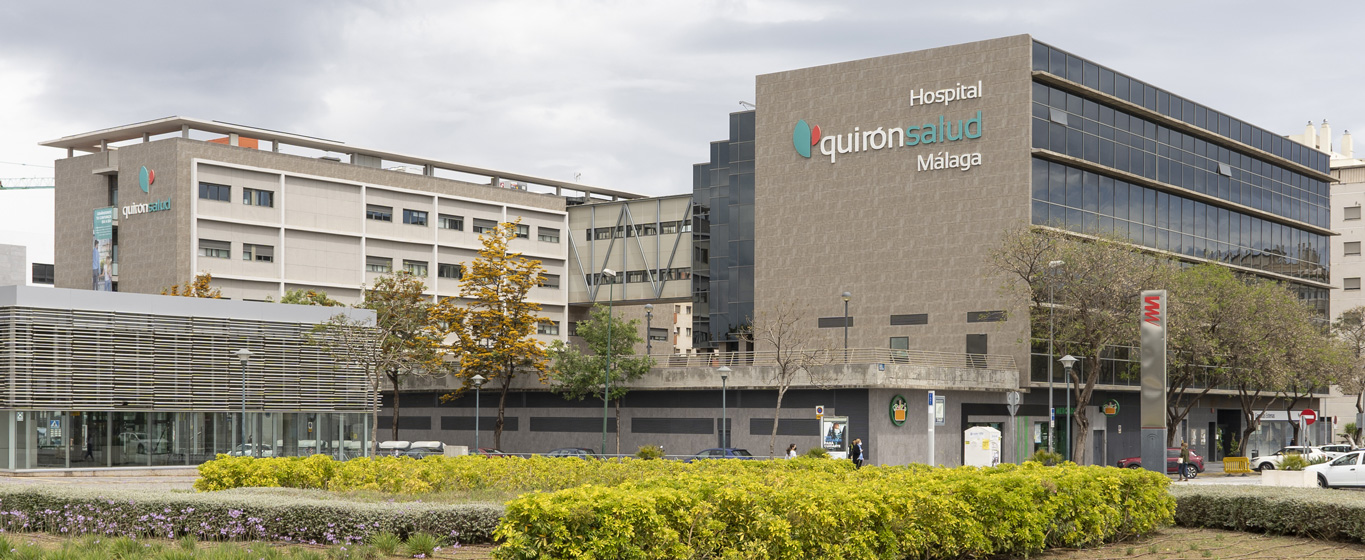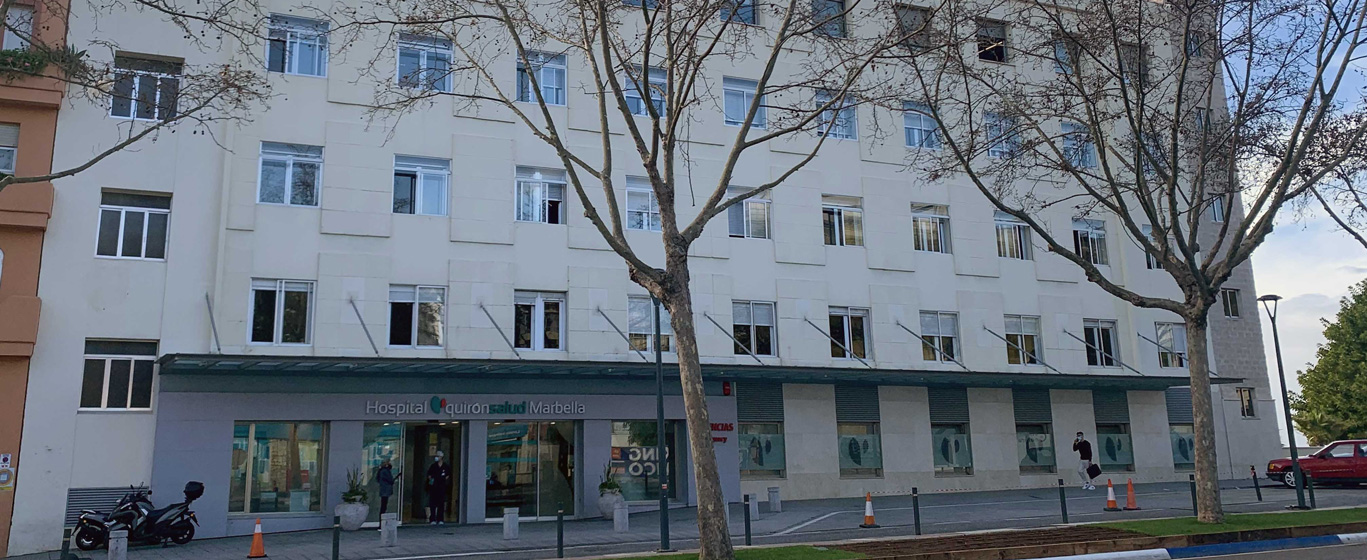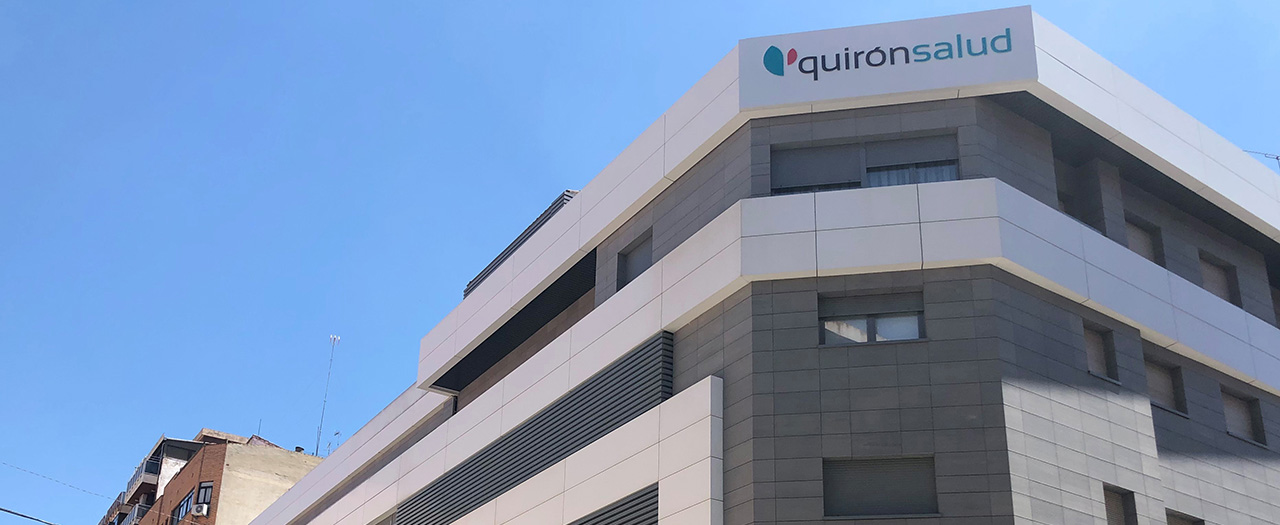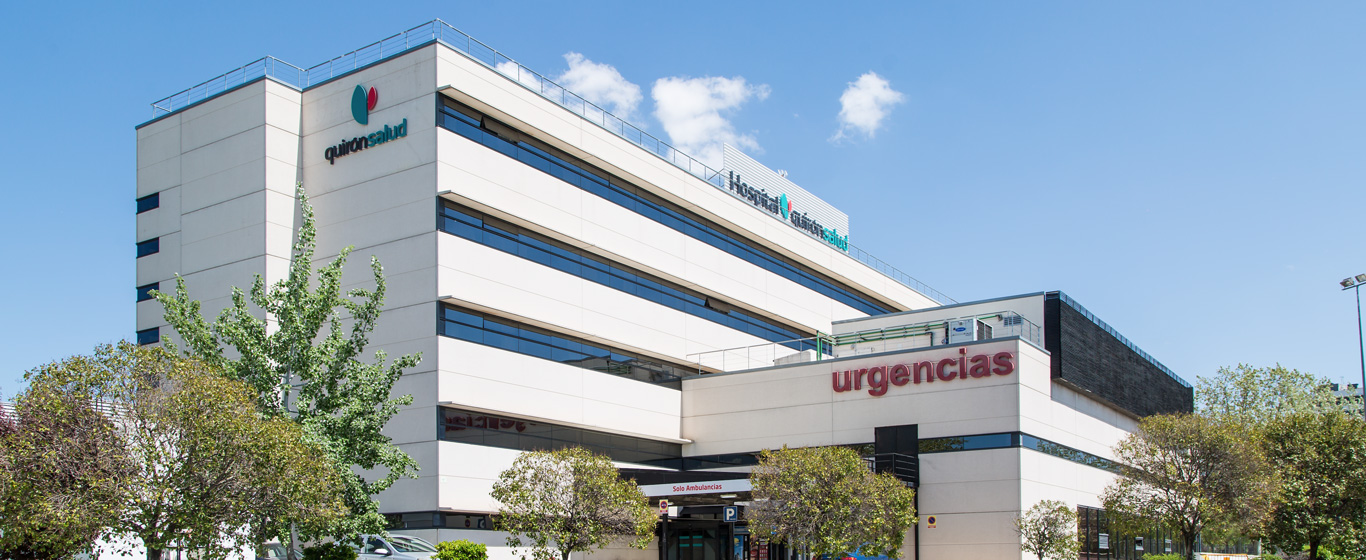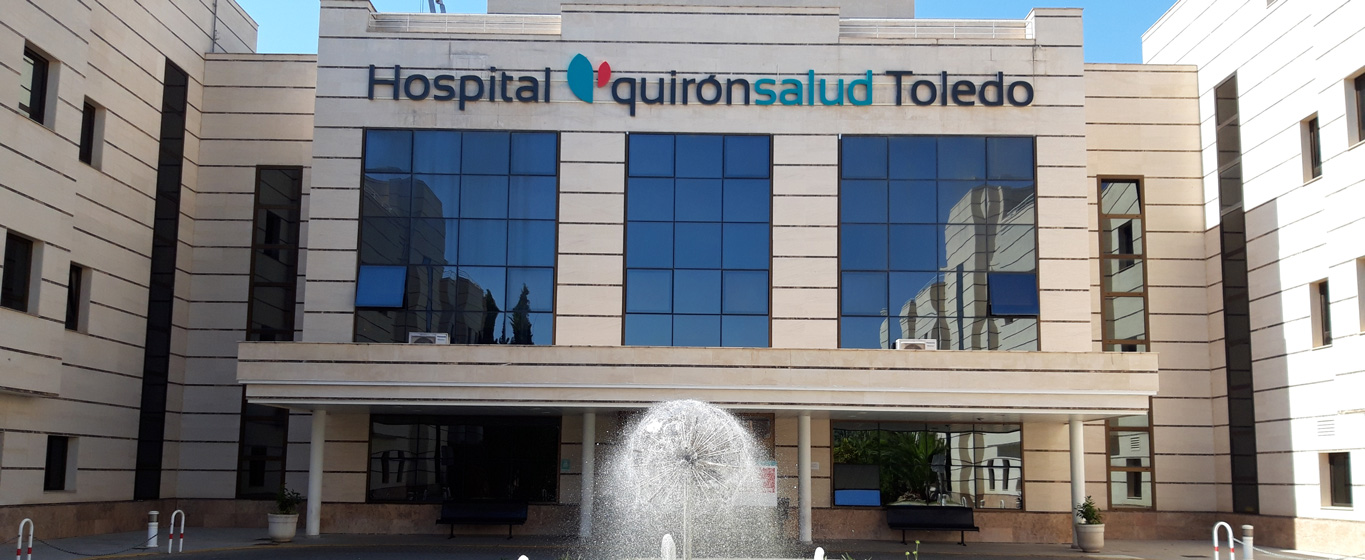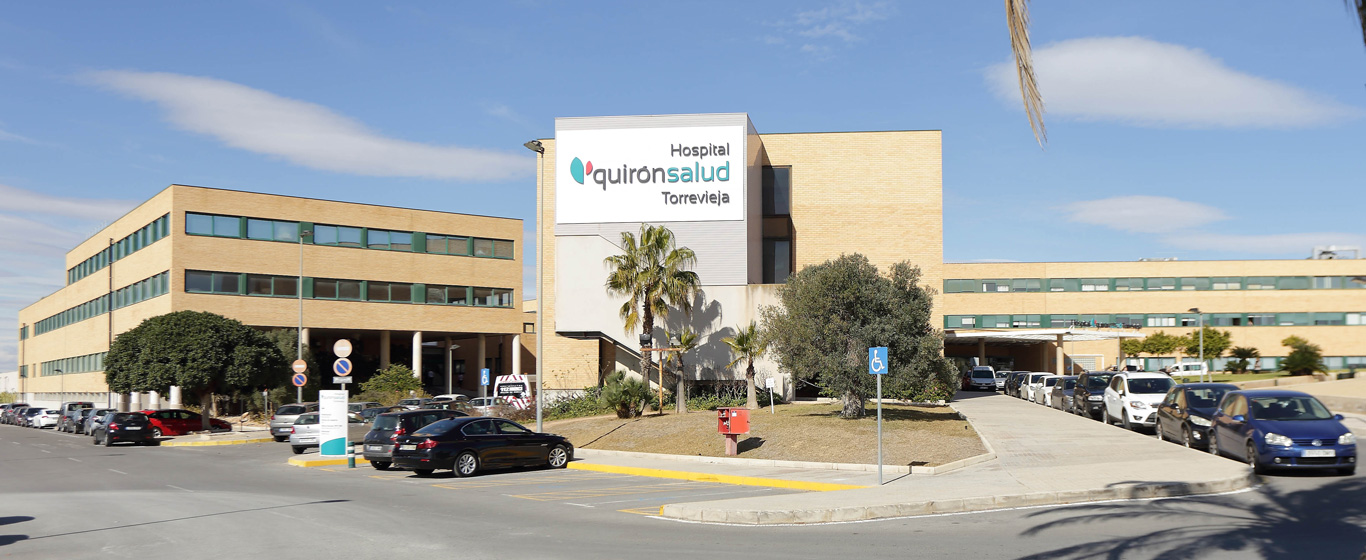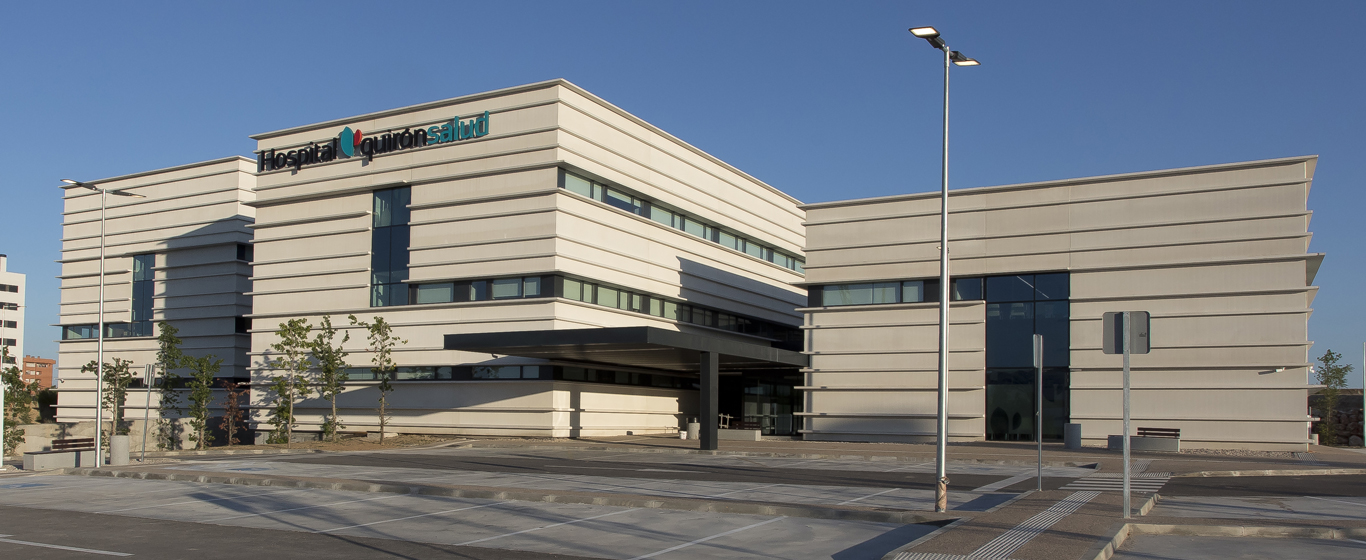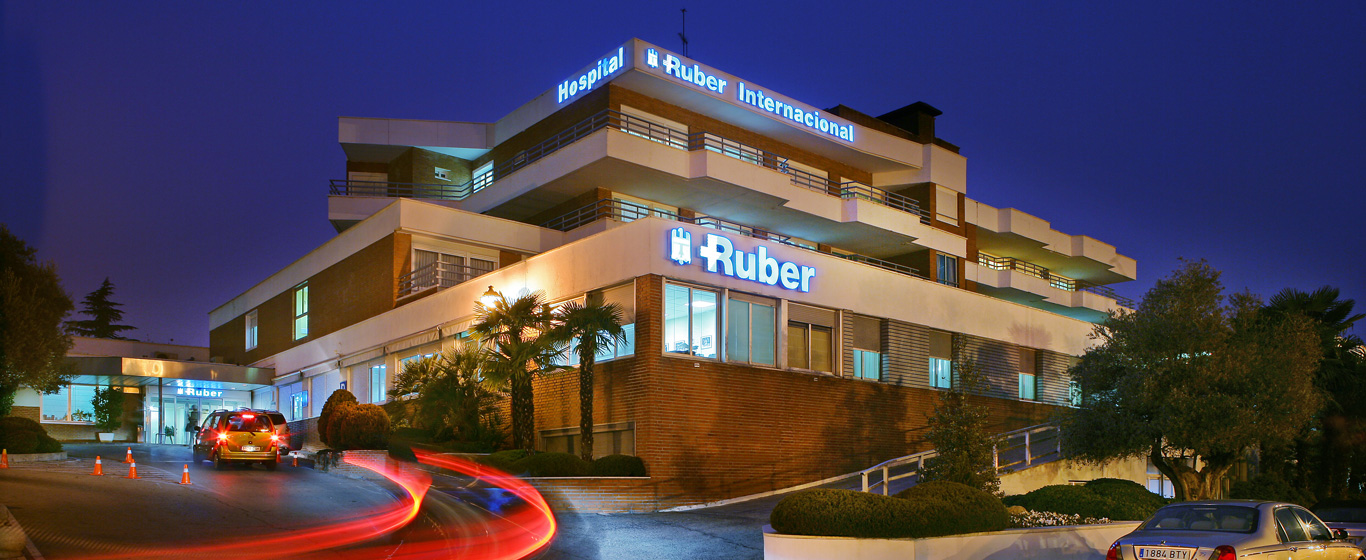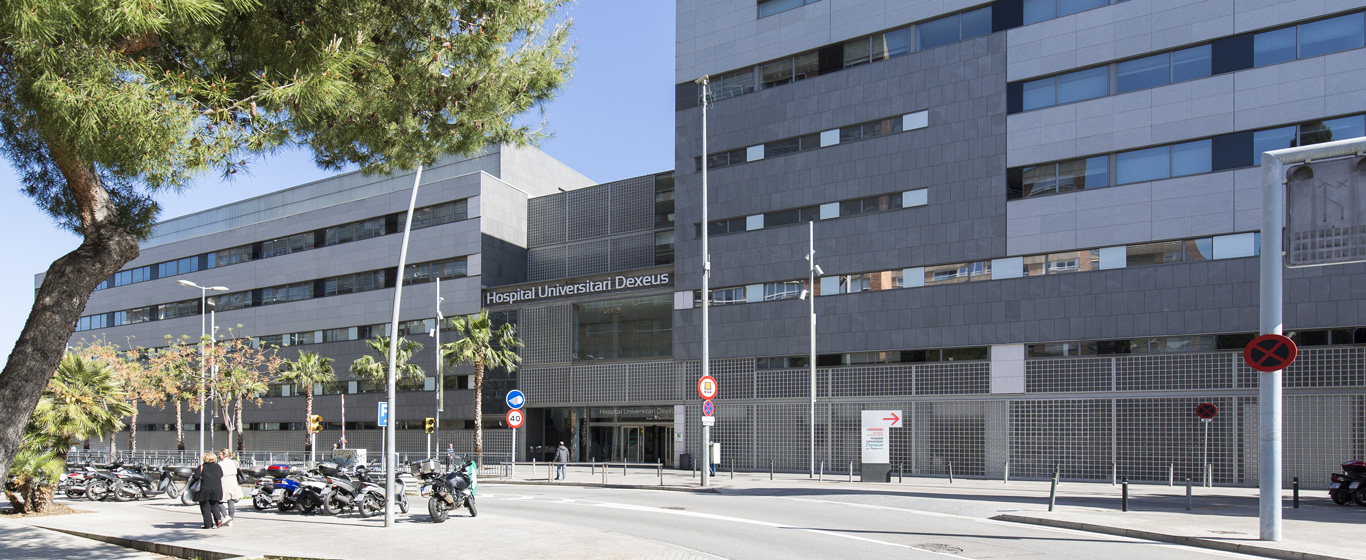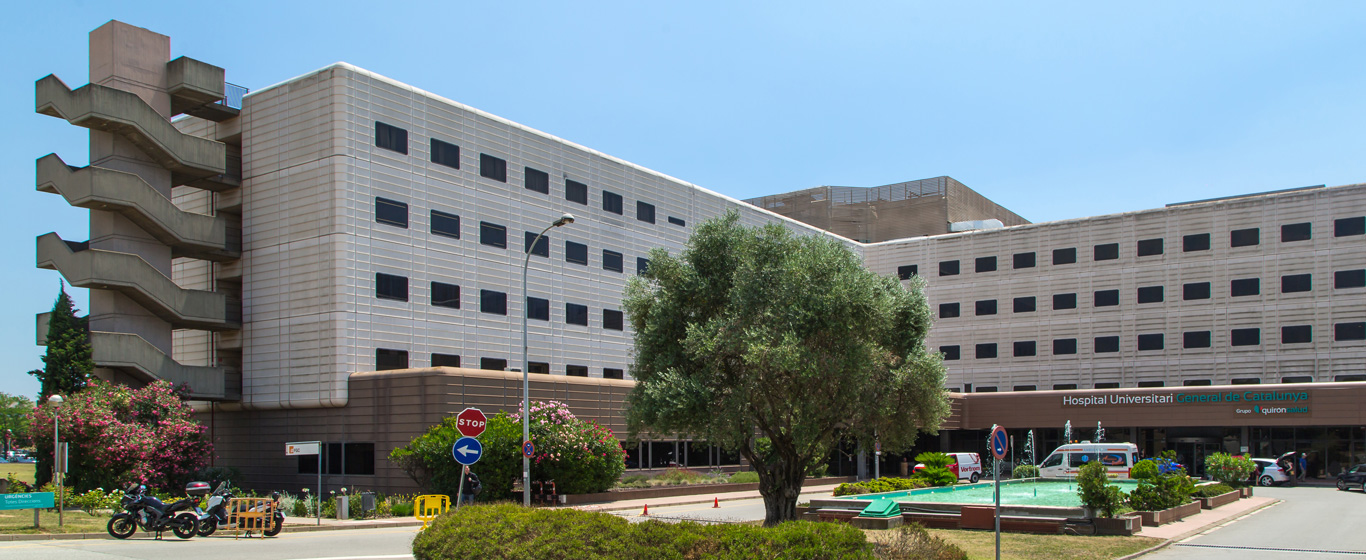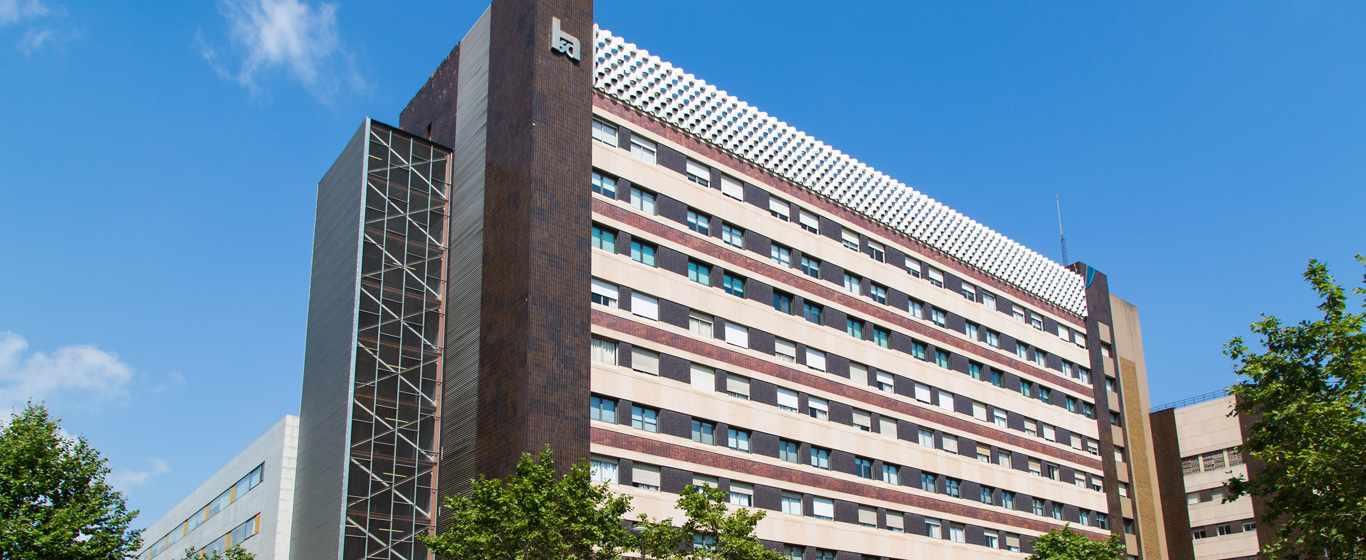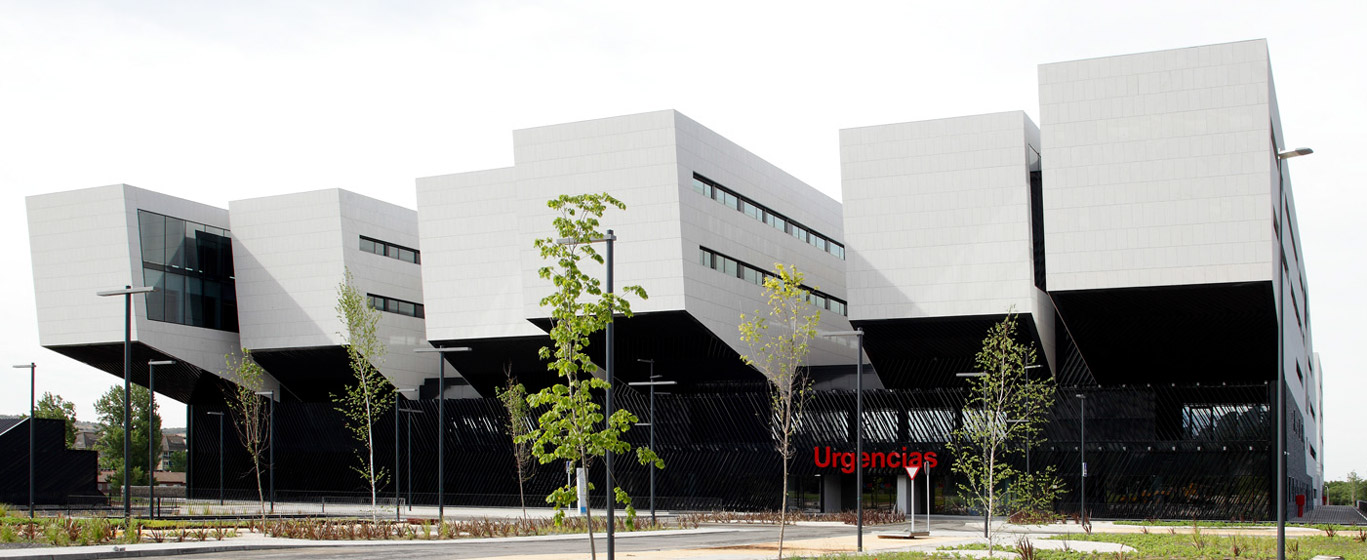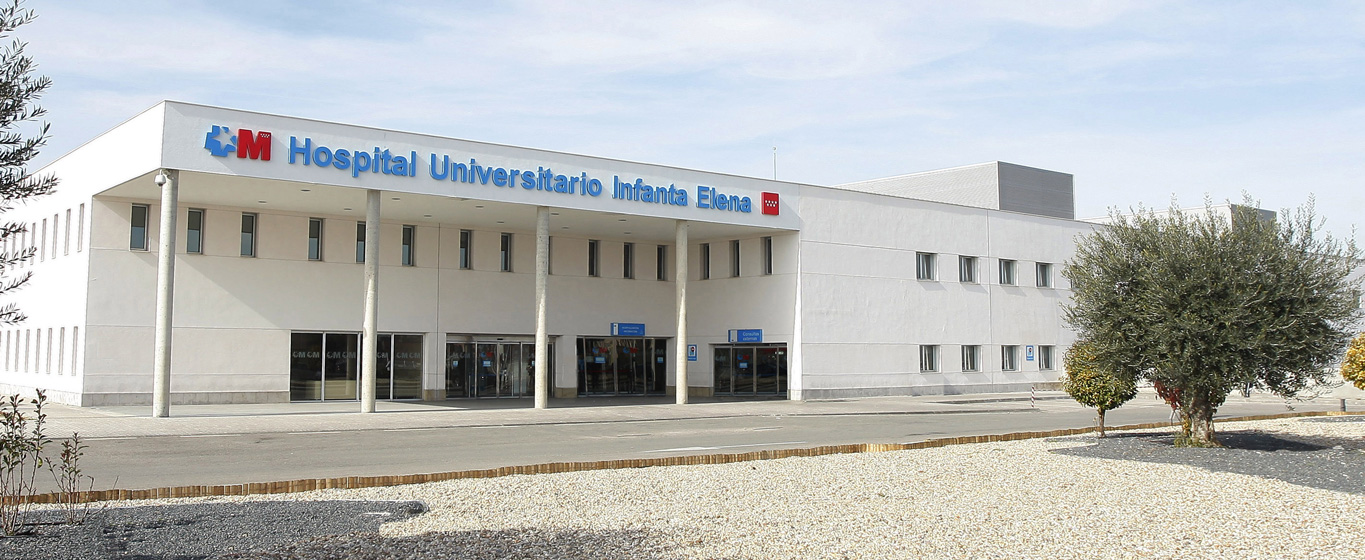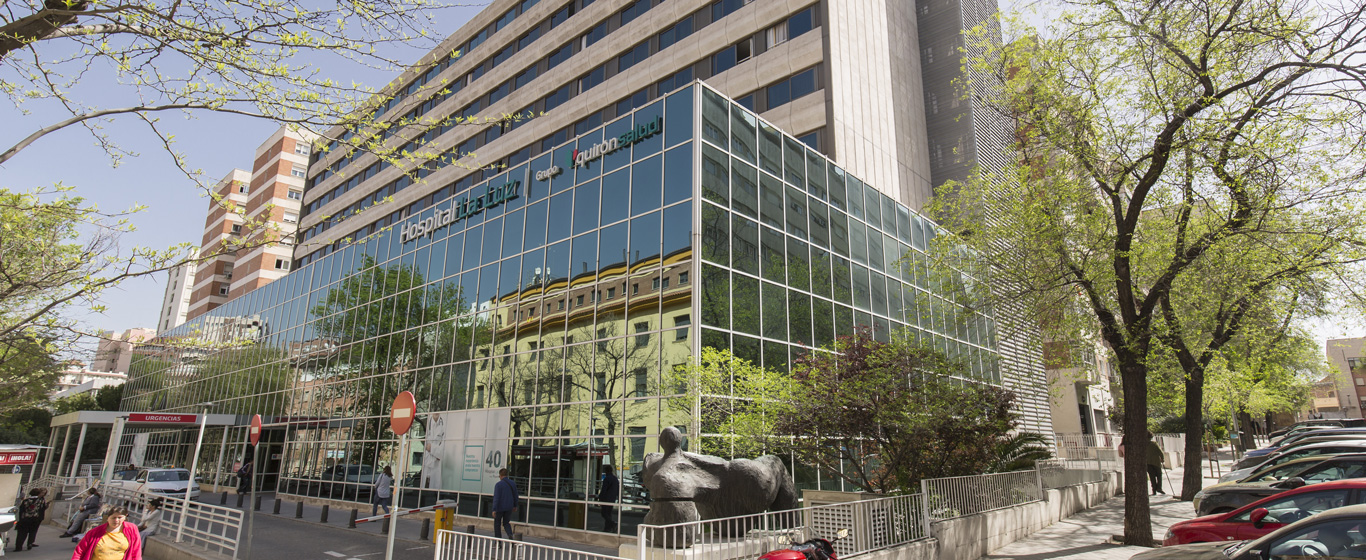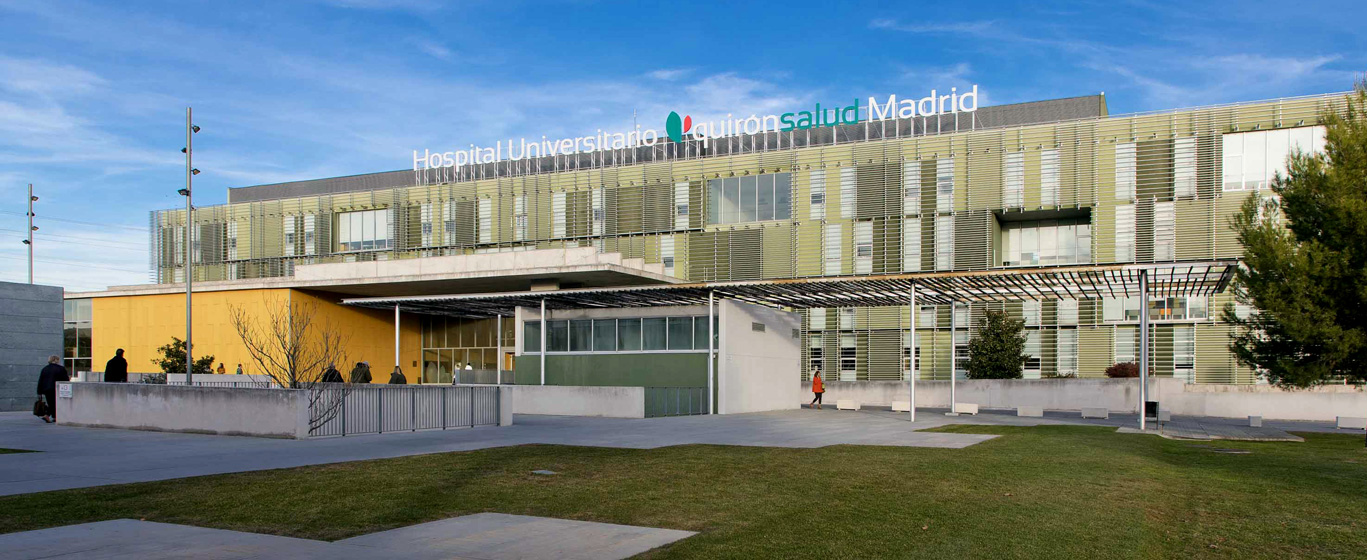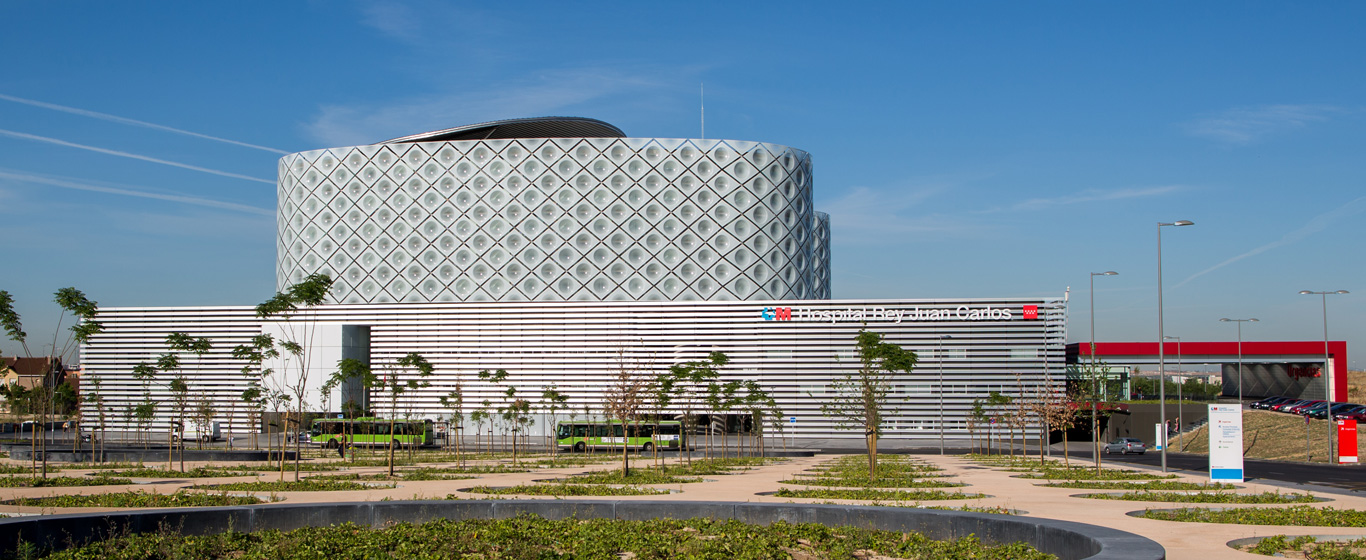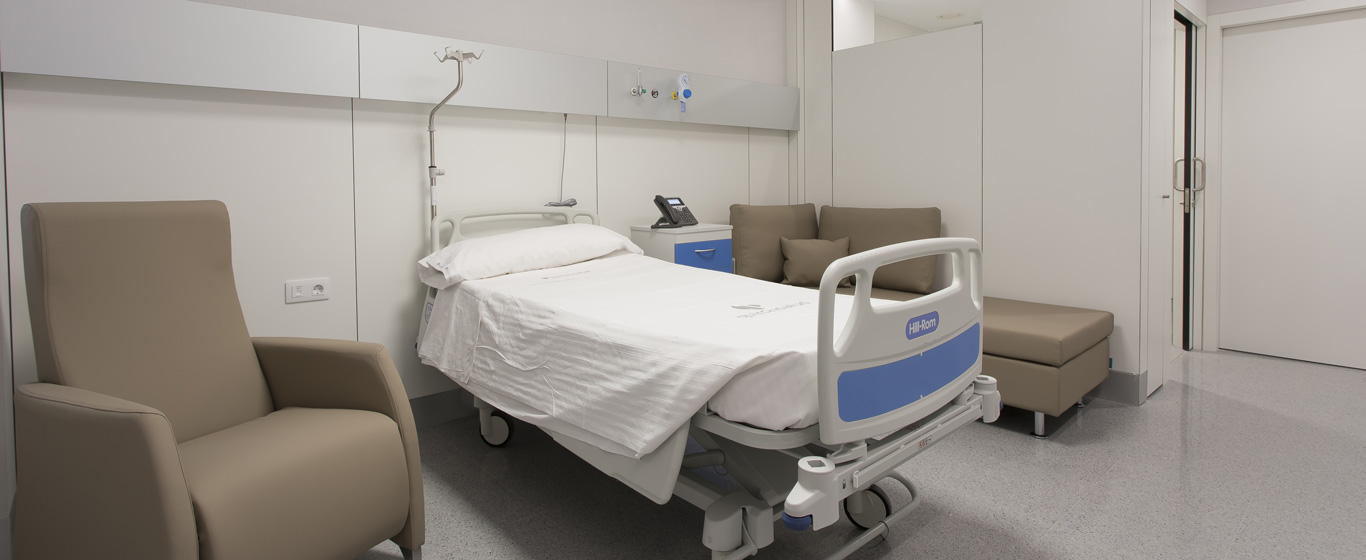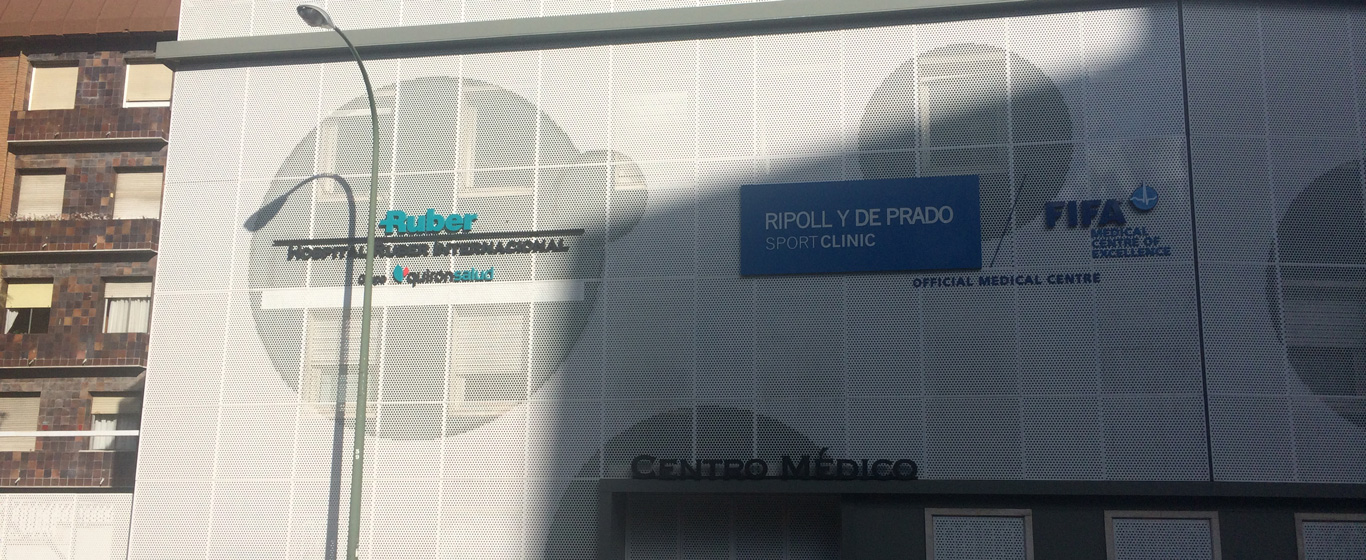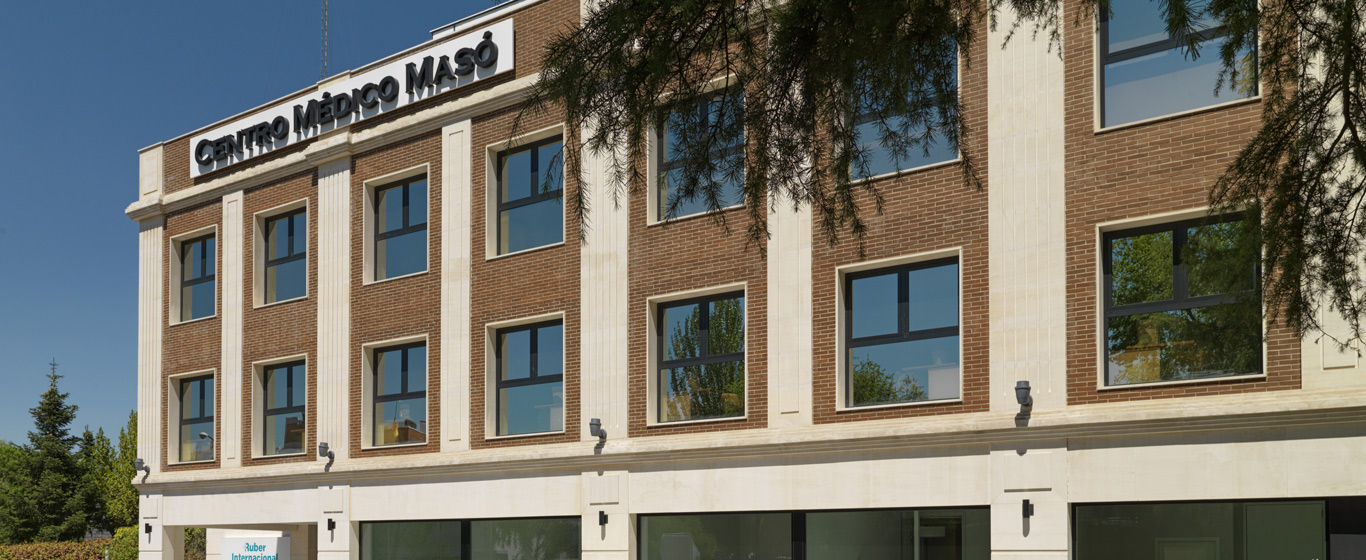Abdominal Magnetic Resonance Imaging (MRI)
An abdominal magnetic resonance imaging (MRI) scan provides detailed images of the organs and blood vessels located between the chest and the pelvis. It is a non-invasive procedure that poses no health risks.

General Description
Abdominal MRI is a diagnostic imaging test that uses radiofrequency waves and a magnetic field to produce internal images of the body—in this case, the abdomen. It is a non-invasive procedure that does not involve ionizing radiation, and therefore does not pose a health risk.
There are two types of abdominal MRI depending on the equipment used:
- Closed MRI scanner: This consists of a tube approximately 70 centimeters in diameter. The magnetic field generated inside is very strong, which results in high-resolution images. It is the most commonly used option.
- Open MRI scanner: This involves two opposing plates with about 180 centimeters of separation between them. It is typically used for patients with claustrophobia or obesity, although the image quality is generally lower.
Although it can be limited to the abdominal region, this test is often combined with imaging of the pelvis.
When is it indicated?
Abdominal MRI allows detailed visualization of the main structures located between the chest and the pelvis:
- Liver
- Spleen
- Pancreas
- Stomach
- Intestines
- Blood vessels
- Lymph nodes
Some of the conditions diagnosed through abdominal MRI include:
- Cancer
- Benign tumors
- Cirrhosis
- Ulcerative colitis
- Crohn’s disease
- Vasculitis (inflammation of blood vessels)
- Gallstones
- Liver failure
- Biliary cholangitis (inflammation and destruction of the bile ducts)
- Hemorrhages
- Congenital abnormalities
This test is also used to assess the condition of organs and blood vessels before and after organ transplantation.
How is it performed?
The abdominal MRI procedure involves the following steps:
- A magnetic field is created that causes the protons (hydrogen atoms) in the body to align.
- Radiofrequency waves are emitted through the tissues of the abdomen, causing the protons to rotate as they resist the magnetic force.
- When the waves stop, the protons realign with the magnetic field.
- The MRI scanner detects the energy released and the time each molecule takes to return to its position—this varies depending on the molecular composition.
- A computer processes this energy and converts it into images, with different tissue types appearing at varying intensities.
When more detailed images are required, a contrast agent—usually gadolinium—is administered intravenously. This enhances the visibility of blood vessels, soft tissues, organs, components of the central nervous system, and cancerous cells.
Risks
Abdominal MRI is a safe procedure. However, it is contraindicated in patients with certain metallic implants, such as heart valves, prosthetic devices, pacemakers, stents, or cochlear implants.
The contrast agent may cause mild allergic reactions, typically manifesting as itching, headache, or nausea. It should not be administered to patients with kidney impairment.
What to expect from an abdominal MRI
On the day of the scan, the patient will be asked to wear a hospital gown and remove all metallic items, including hearing aids, dentures, and makeup, as some cosmetics contain metallic particles.
Once in the radiology suite, the patient will lie supine on the examination table and be given earplugs. While these reduce the noise level, loud tapping sounds may still be audible. It is essential to remain as still as possible to ensure image clarity. Communication with the technician is possible at all times via a microphone located inside the scanner.
If contrast is required, it will be administered through a peripheral vein, typically in the arm. A brief pinching sensation or transient warmth or coldness may occur.
The scan usually lasts between 30 and 60 minutes. Once completed, patients can immediately resume normal activities without requiring rest.
Medical specialties that request abdominal MRI
Radiologists perform the abdominal MRI scan and share the results with the corresponding medical specialties, which may include general and digestive surgery, internal medicine, oncology, and endocrinology.
How to prepare
Generally, abdominal MRI does not require special preparation. Fasting may be recommended if the physician needs to assess certain digestive organs. All relevant instructions will be provided in the days leading up to the test.
Patients with claustrophobia—particularly when the use of an open MRI scanner is not advised—may be prescribed anxiolytics to facilitate entry into the closed MRI tube.




